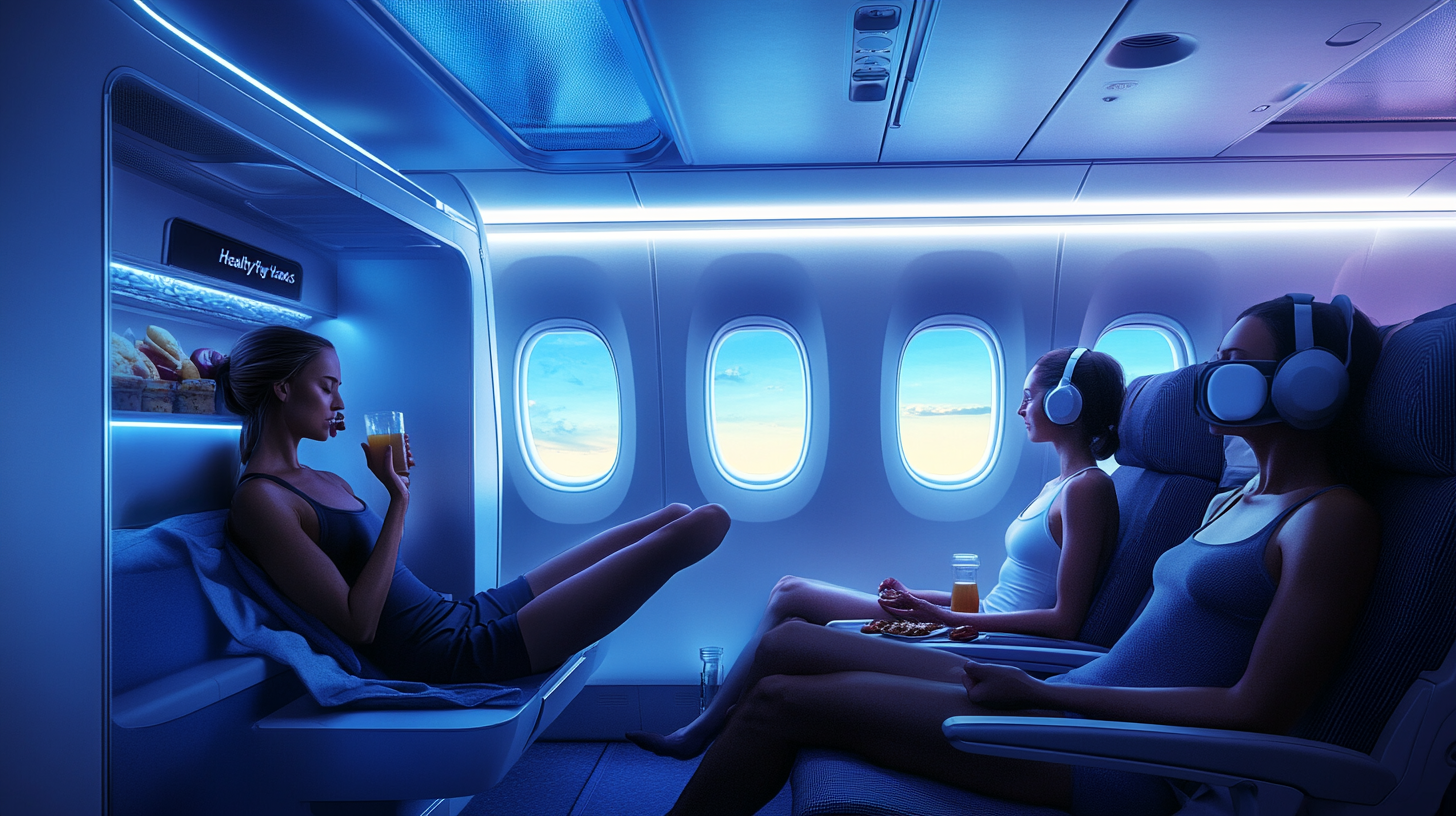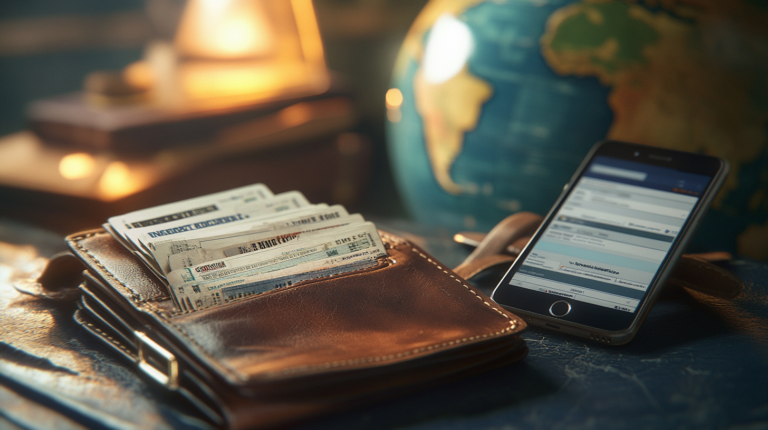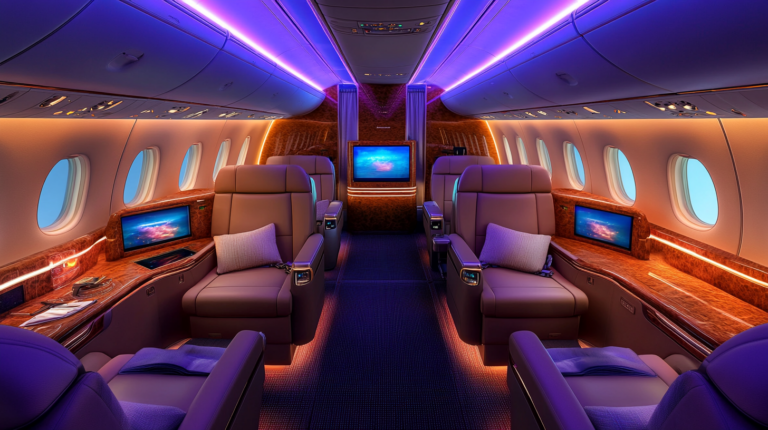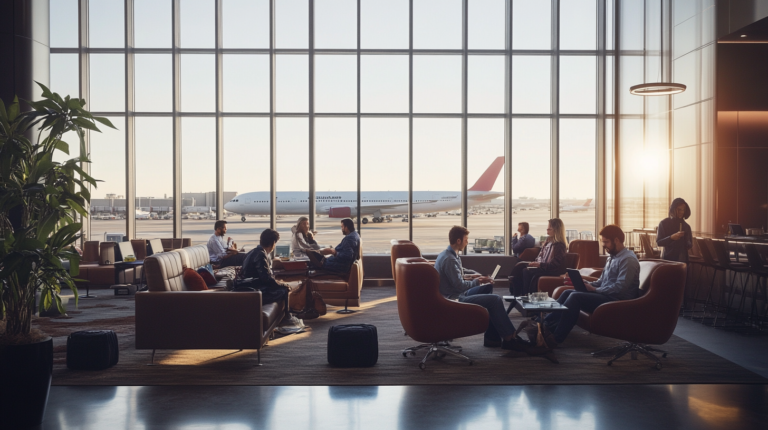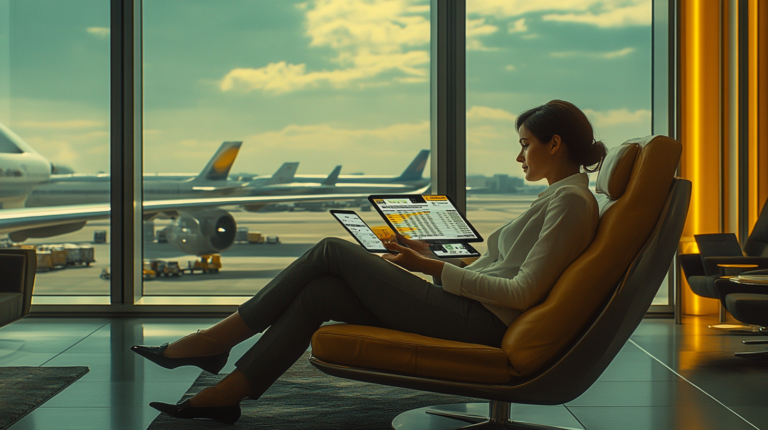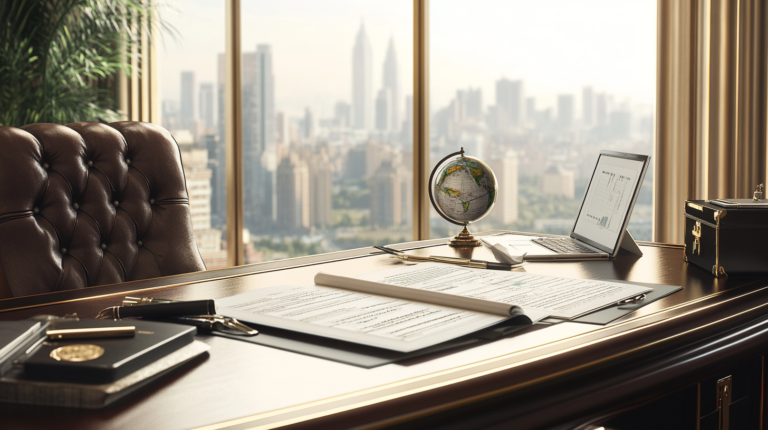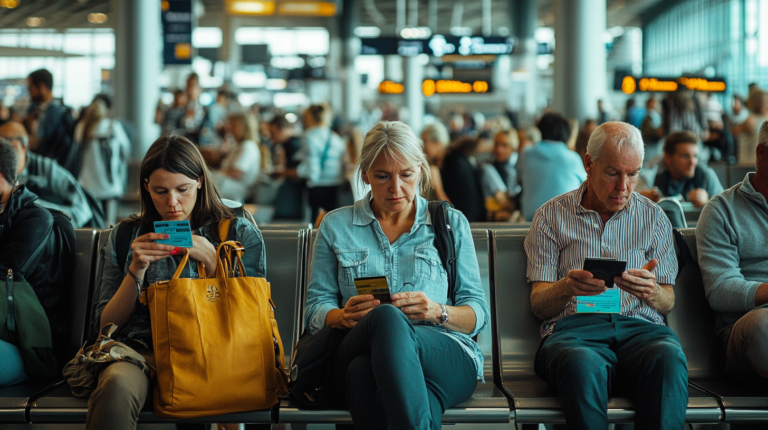Healthy Flying Hacks: Your Ultimate Guide to Staying Well in the Skies
Traveling by air, especially on long-haul flights, can pose several challenges to your health and well-being. From dehydration and jet lag to uncomfortable seating and exposure to germs, flying can take a toll on even the most seasoned travelers. The recycled cabin air, the cramped spaces, and crossing multiple time zones can disrupt your body’s natural rhythms. However, with the right strategies, you can transform your flight into an opportunity for relaxation and self-care. Imagine stepping off the plane feeling invigorated rather than exhausted. This comprehensive guide offers healthy flying hacks to enhance your travel experience, ensuring you arrive at your destination feeling refreshed and ready to go.
Hydration Is Key
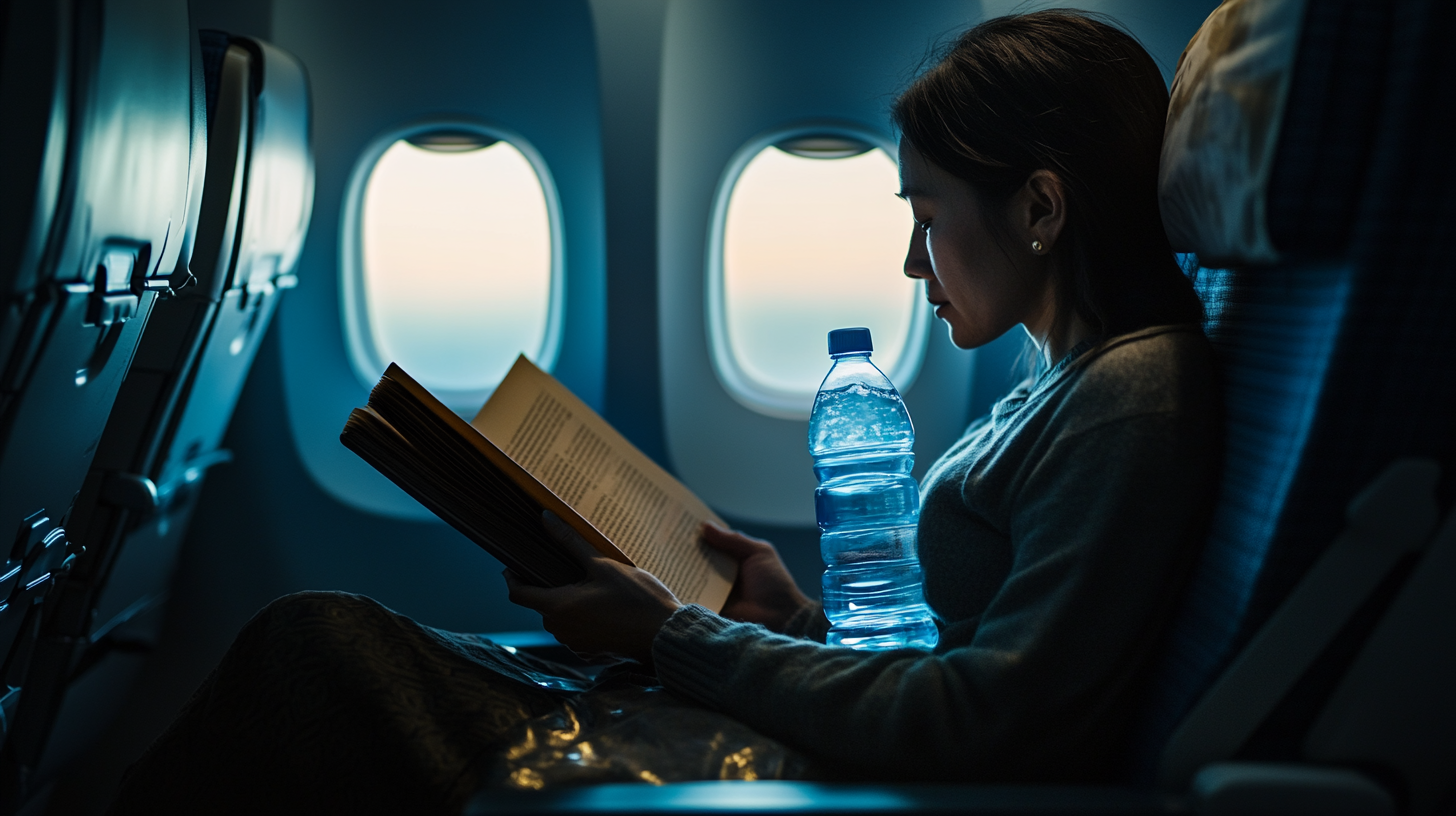
One of the most significant challenges during flights is staying hydrated. The low cabin humidity, often less than 20%, can rapidly dehydrate your body, leading to dry skin, scratchy throats, and tiredness. Dehydration doesn’t just make you feel thirsty; it can also exacerbate symptoms of jet lag and fatigue, making it harder to adjust once you land. Understanding the importance of hydration is the first step toward a healthier flying experience.
Drink Adequate Water
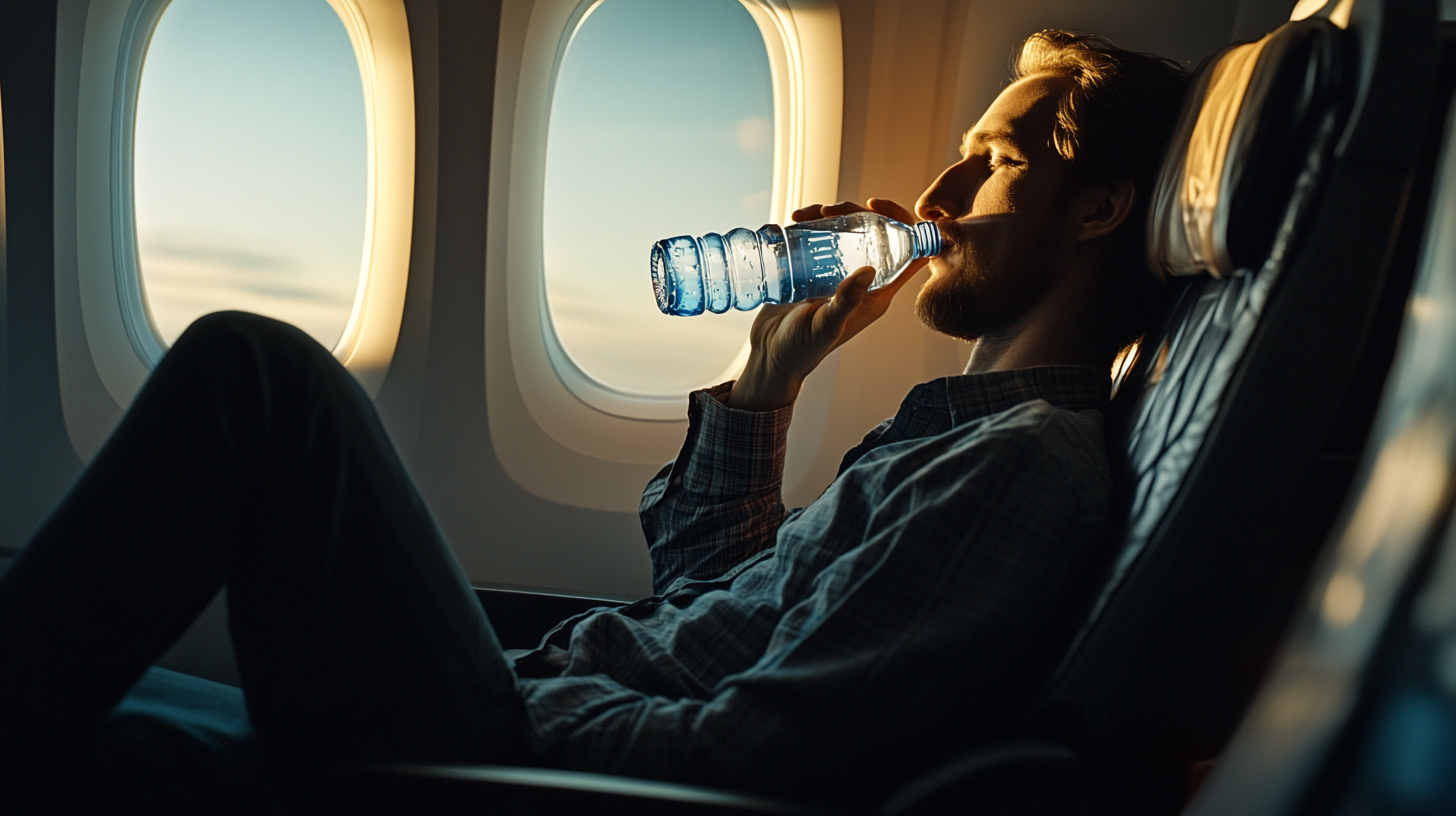
Aim to drink at least half a liter of water per flight hour to combat dehydration. Experts recommend consuming 8 ounces of water every hour you’re in the air. To help you remember, set a timer on your watch or phone as a gentle reminder to take regular sips. This consistent intake helps maintain optimal hydration levels, ensuring your body functions properly throughout the journey. Additionally, staying well-hydrated can improve your circulation, reduce the risk of deep vein thrombosis, and even help keep your skin looking fresh despite the dry cabin air.
Bring a Reusable Water Bottle
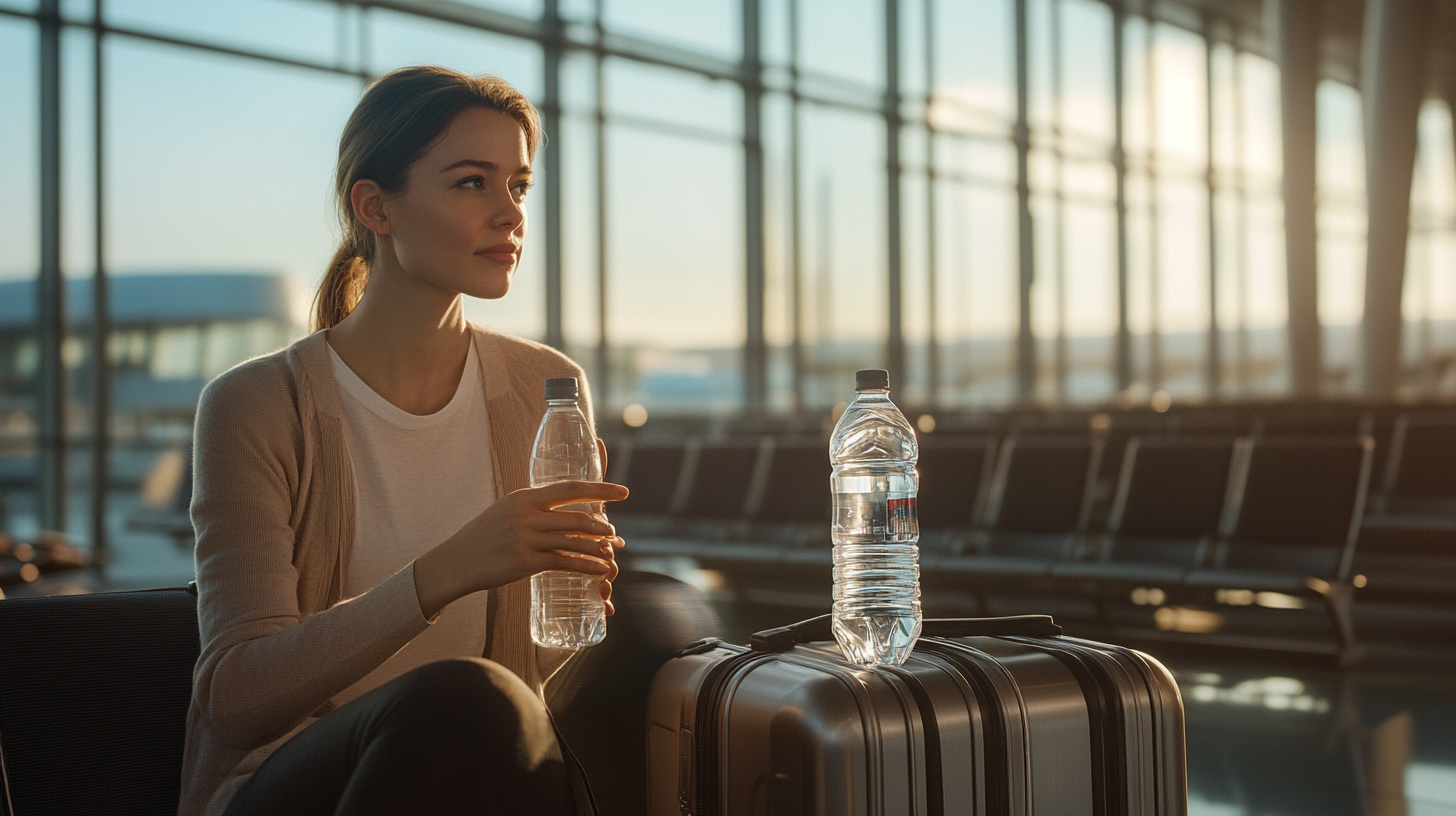
Carry an empty reusable water bottle through security and fill it up before boarding. Many airports now have water filling stations specifically designed for travelers. This eco-friendly hack not only saves you money but also reduces single-use plastic waste, contributing to environmental sustainability. Consider investing in one of the Best Reusable Water Bottles for Air Travel to make hydration convenient and sustainable. Plus, having your own water bottle means you don’t have to rely on tiny in-flight cups that can spill easily. Remember, staying hydrated is essential for a comfortable and healthy flying experience, and having water within arm’s reach makes it much easier to keep sipping throughout your journey.
Avoid Alcohol and Caffeine
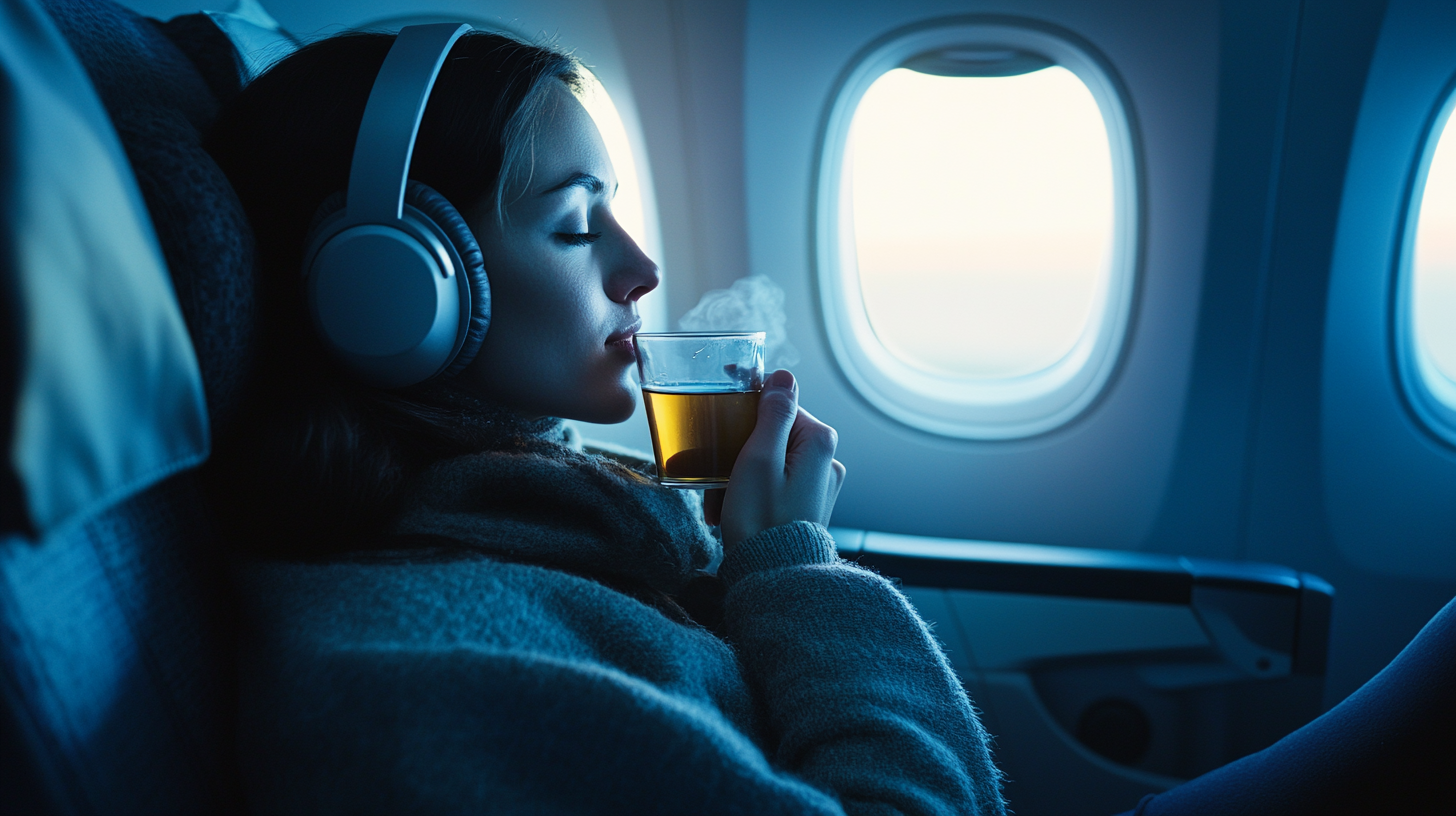
While it might be tempting to enjoy a coffee to stay alert or indulge in an in-flight cocktail to relax, both alcohol and caffeine can contribute to dehydration and disturb your sleep patterns. Alcohol acts as a diuretic, causing your body to lose more fluids, while caffeine stimulates the nervous system, potentially increasing feelings of jet lag. According to The Impact of In-Flight Beverages on Health , making smart drink choices can significantly affect how you feel during and after your flight. Opt for herbal teas or water instead to maintain hydration and reduce the potential for travel-induced fatigue. Beverages like chamomile or peppermint tea can be soothing and help you relax during the flight.
Maintain Healthy Eating Habits

Nourishing your body with the right foods is vital when traveling. Unfortunately, airport and airline food options are often high in sodium, sugar, and unhealthy fats, which can lead to bloating, discomfort, and energy crashes. Eating poorly can also weaken your immune system, making you more susceptible to illness. By planning ahead and making mindful food choices, you can maintain your energy levels and support your overall health throughout the journey.
Pack Your Own Healthy Snacks
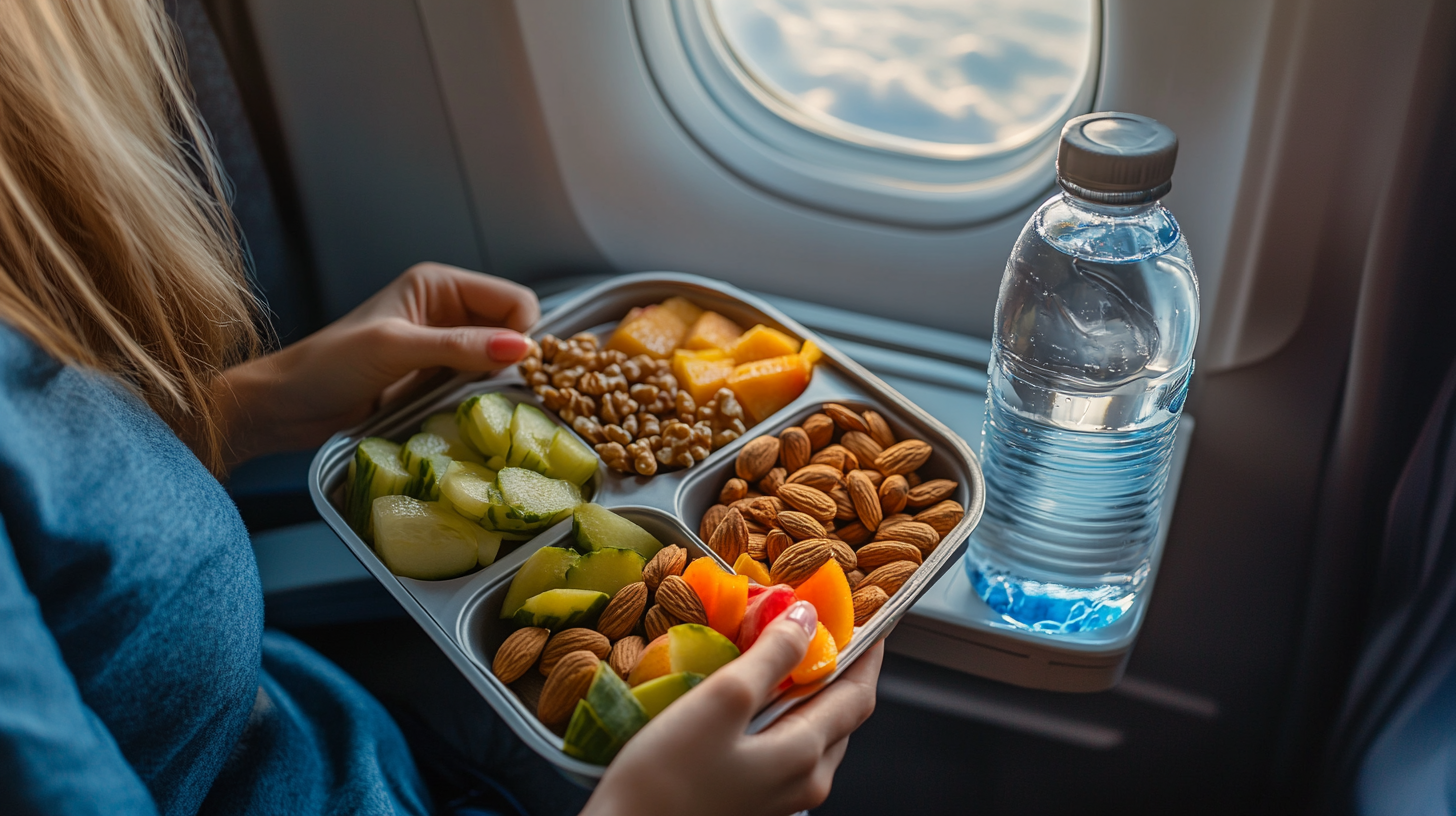
Prepare nutrient-rich snacks before your trip to keep hunger at bay and nourish your body. Consider protein-rich options low in sodium and sugar, such as homemade granola bars, mixed nuts, dried fruits, or DIY charcuterie packs with lean meats and cheeses. Fresh fruits like apples and bananas are also great portable options. Packing your own snacks not only helps you avoid unhealthy airport choices but also allows you to cater to any dietary restrictions or preferences you might have. As suggested in Healthy Snack Ideas for Air Travel , bringing your own food can make a significant difference in how you feel during and after your flight.
Meal Prepping for the Trip
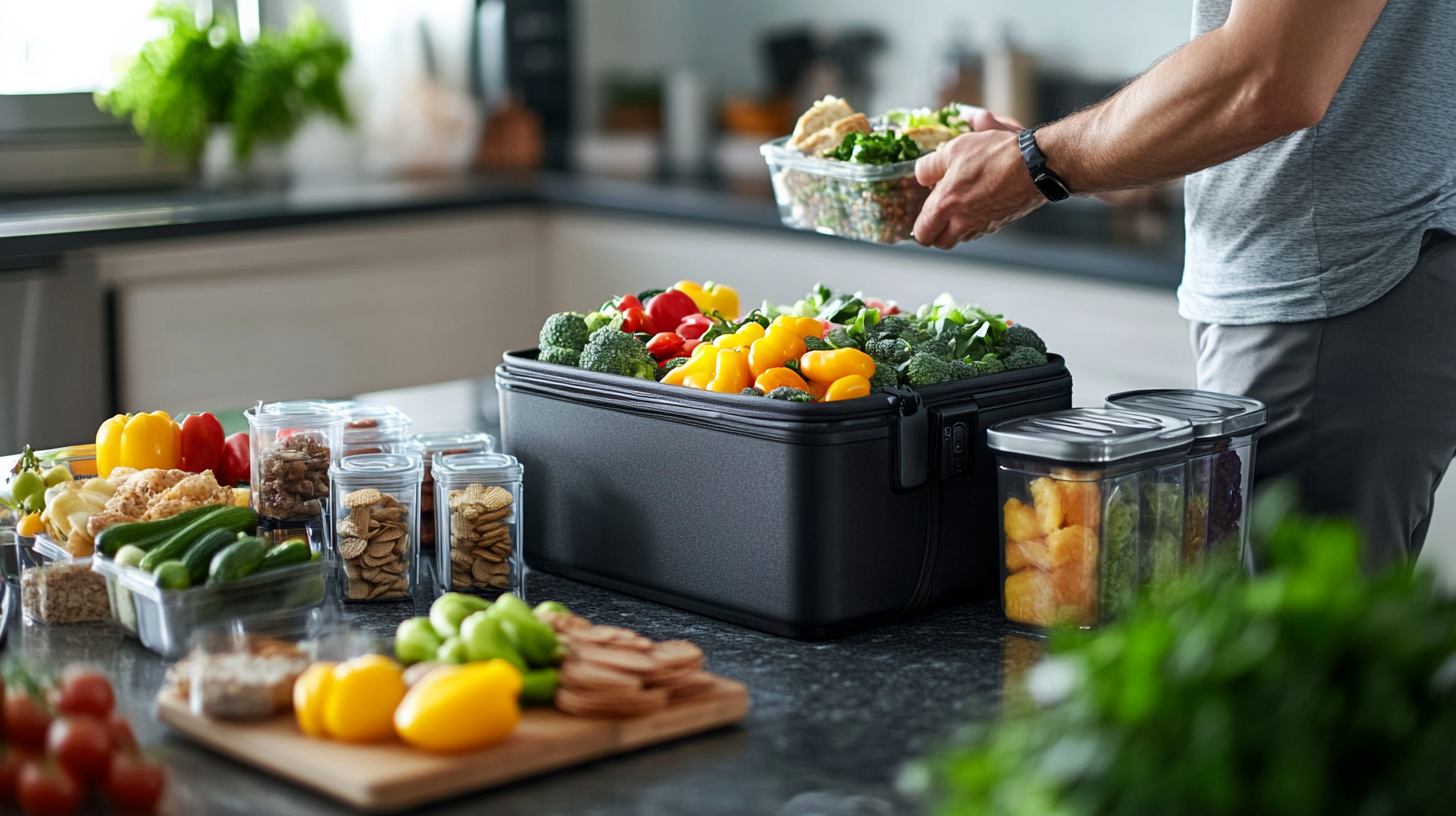
Meal prepping isn’t just for your daily routine—it can be a game-changer when flying. Prepare balanced meals that comply with TSA regulations, such as salads without dressing, whole-grain sandwiches, or quinoa bowls with vegetables and lean protein. Pack them in reusable, eco-friendly containers that are easy to carry and won’t spill. Remember that liquids and gels, including sauces and dressings, must be in containers of 3.4 ounces or less if carried through security. By bringing your own meals, you have control over the ingredients and portions, ensuring you have access to nutritious food that supports your dietary needs and fitness goals. For guidance on permissible food items, consult TSA Guidelines for Carry-On Food Items .
Eat Before You Fly
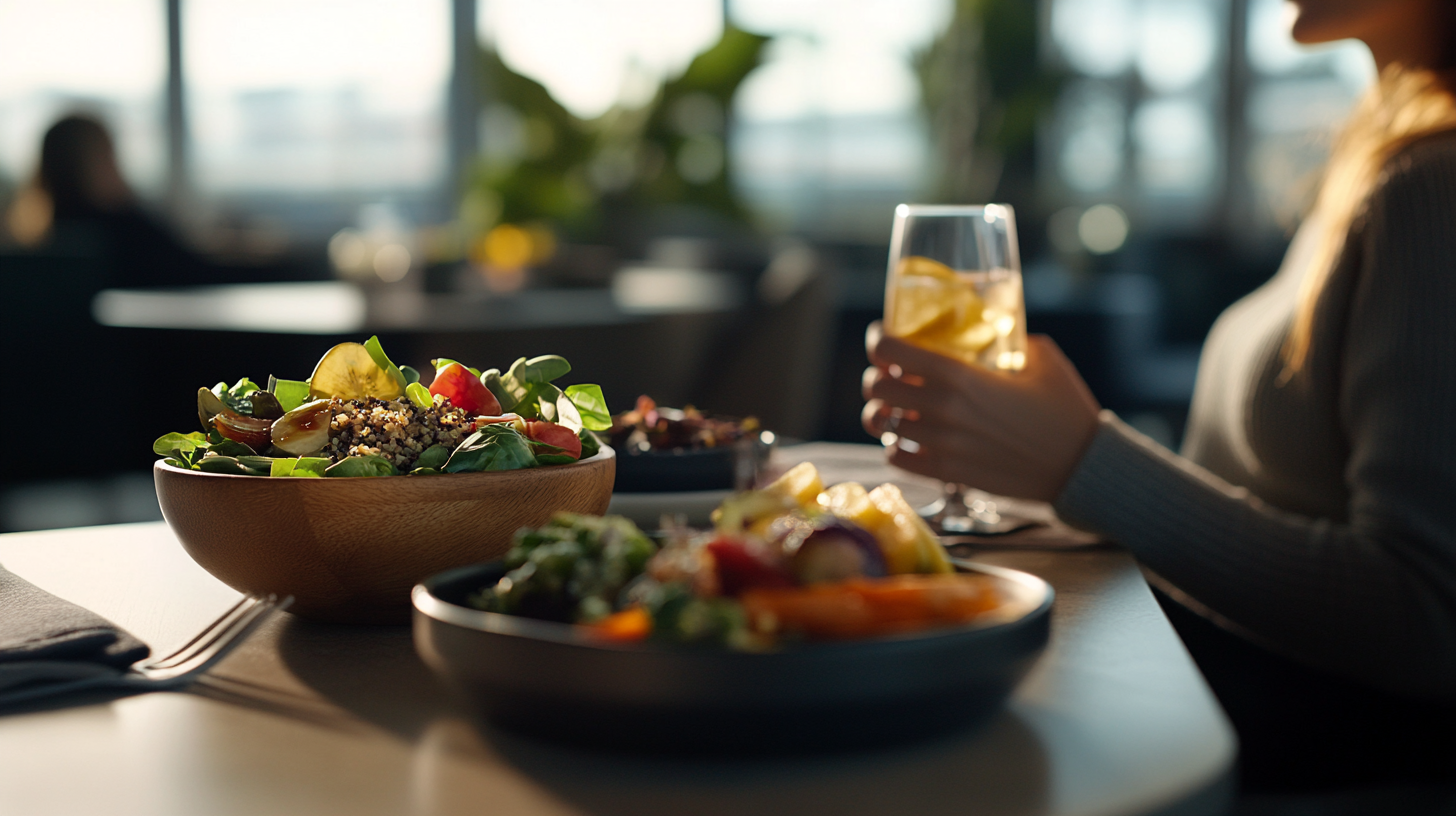
Having a wholesome meal before heading to the airport can reduce the temptation of indulging in less healthy options while waiting for your flight. Choose a meal rich in proteins and vegetables to keep you satiated longer. For example, a grilled chicken salad with a variety of colorful veggies or a hearty quinoa bowl with roasted vegetables and tofu can provide sustained energy. Eating before you fly also helps you avoid the high prices and limited options at airport restaurants. Planning your pre-flight nutrition, as emphasized in Ultimate Guide to Pre-Flight Nutrition , can set a positive tone for the rest of your journey.
Combat Jet Lag and Fatigue
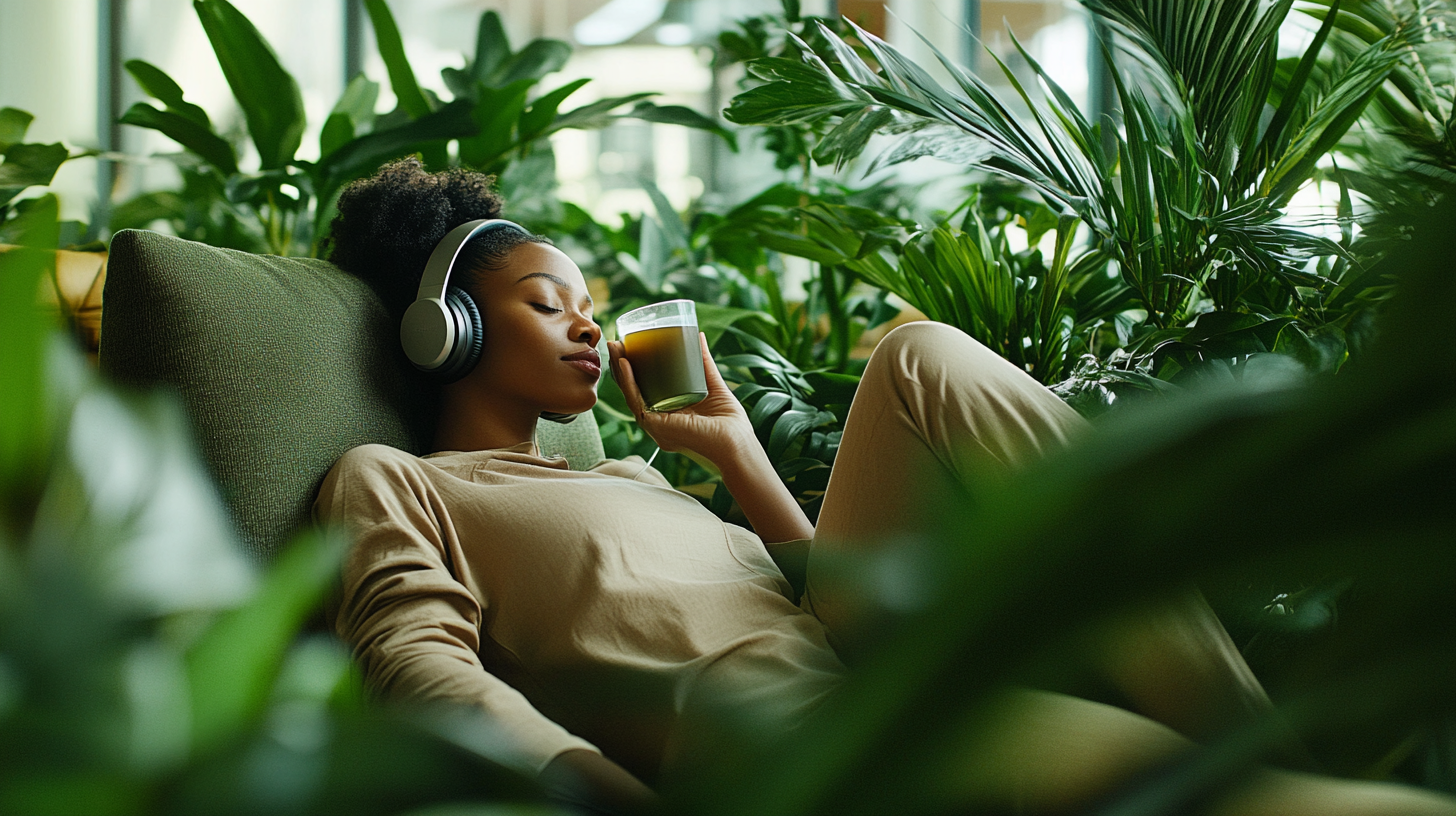
Jet lag, resulting from crossing multiple time zones, can disrupt your sleep patterns and leave you feeling out of sync upon arrival. Symptoms may include fatigue, insomnia, irritability, and digestive issues. The body’s internal clock struggles to adjust to the new schedule, making it challenging to function optimally. Implement strategies to minimize its impact on your body and help you adapt more quickly to the local time.
Adjust Your Sleep Schedule

Begin aligning your sleep patterns with your destination’s time zone a few days before your trip. If you’re traveling east, try going to bed and waking up an hour earlier each day. If heading west, do the opposite. This gradual adjustment can help your body adapt more quickly, reducing the effects of jet lag. Additionally, expose yourself to bright light during the times you’d be awake at your destination to help reset your internal clock. Implementing these strategies, as detailed in Effective Techniques for Jet Lag Prevention , can significantly ease your transition and improve your overall travel experience.
In-Flight Sleep Aids
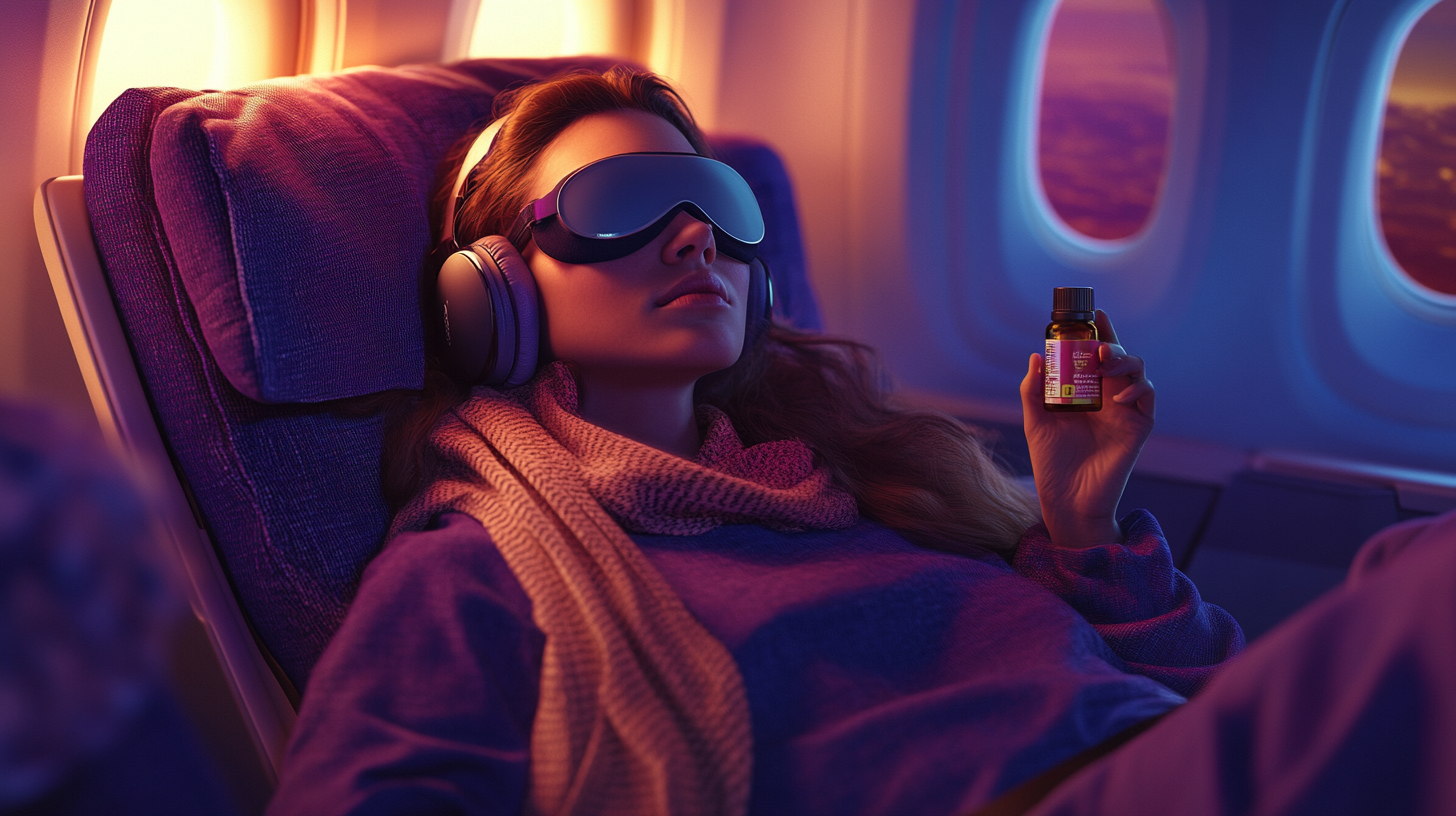
Use sleep accessories like eye masks, earplugs, and travel pillows to enhance rest during the flight. An eye mask blocks out light, which can be particularly helpful if the cabin lights are on or if daylight is streaming through the windows. Earplugs or noise-canceling headphones can reduce ambient noise from engines and fellow passengers. A supportive travel pillow prevents neck strain and helps you find a comfortable position in your seat. Exploring The Best In-Flight Sleep Accessories can help you choose the right tools for restful travel. Avoid potent sleep medications that may leave you feeling groggy upon arrival and potentially worsen jet lag. Instead, consider natural methods such as meditation or listening to soothing music to relax and encourage sleep. Some travelers find success with melatonin supplements, but consult with a healthcare professional before use.
Consider Fasting
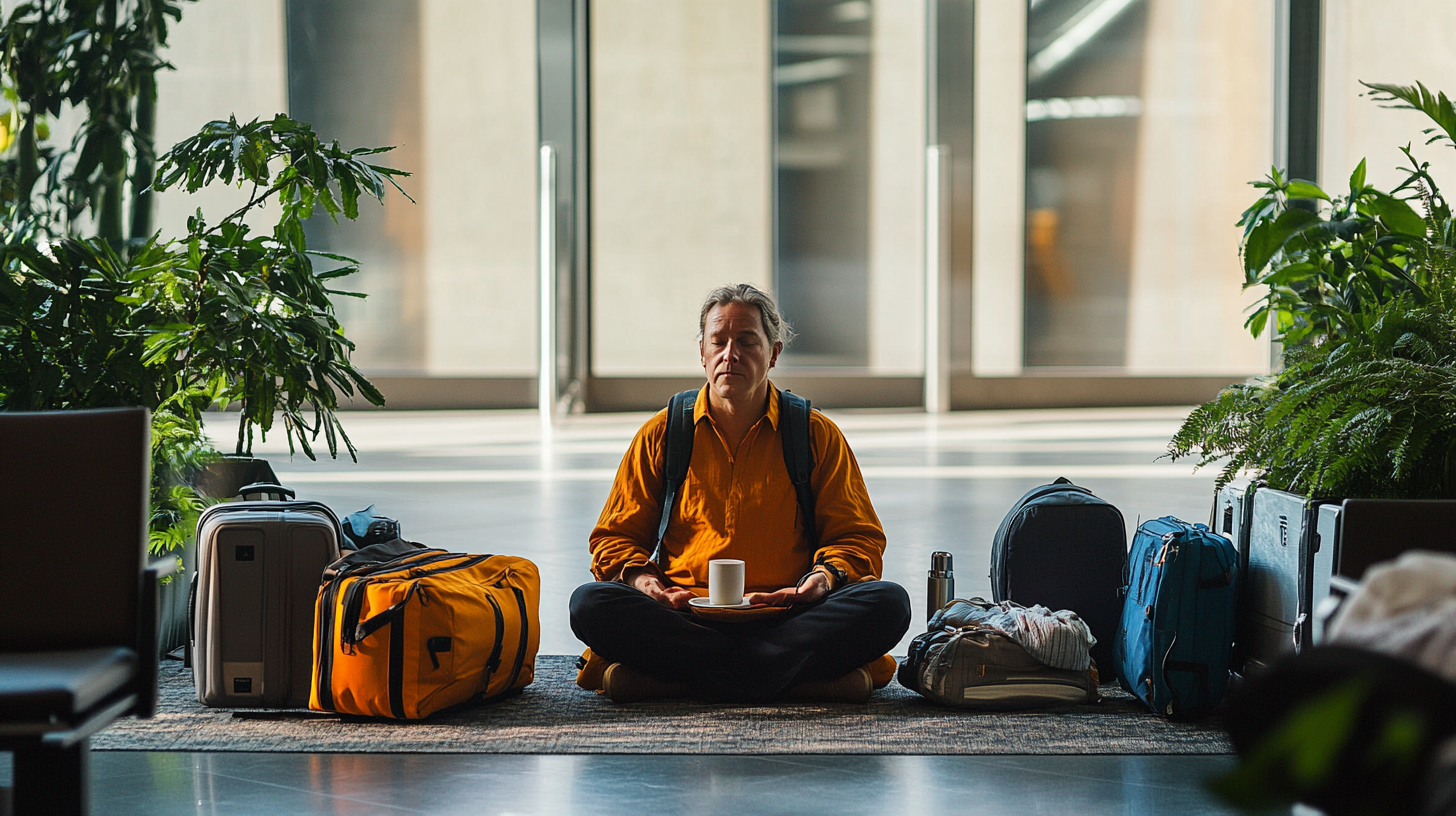
Some travelers find that fasting during the flight helps reset their circadian rhythms. The “Argonne Anti-Jet-Lag Diet” suggests that timing your meals can influence your internal clock. By delaying meals until you reach your destination or aligning meal times with the local time at your destination, you may adjust more easily to the new time zone. This method is thought to help signal to your body when it’s time to be awake or asleep based on eating patterns. However, it’s important to listen to your body and ensure you don’t go hungry if fasting isn’t suitable for you. For more information on this approach, refer to Jet Lag and Meal Timing Strategies .
Stay Comfortable and Reduce Physical Discomfort
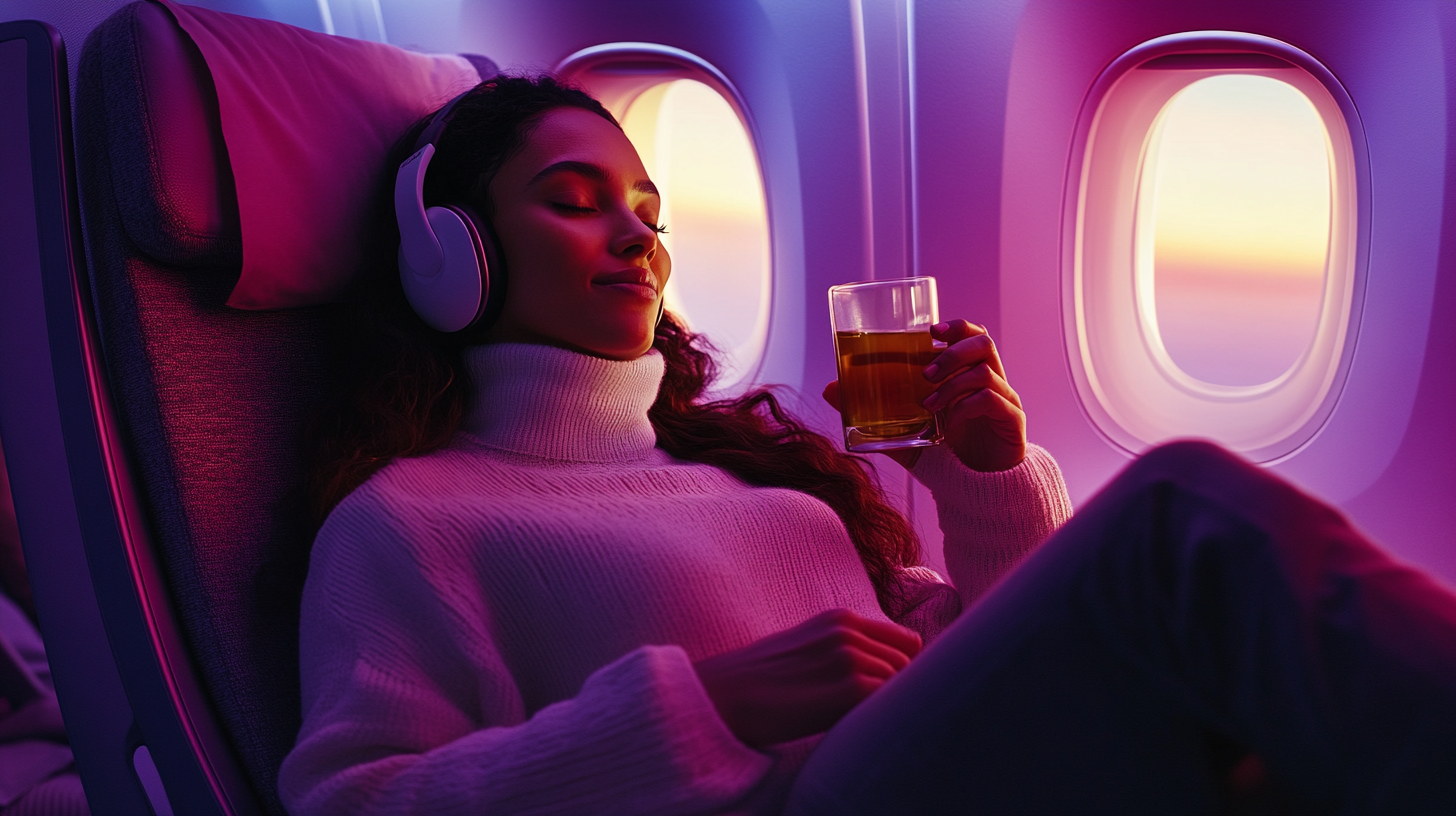
Long periods of sitting can lead to stiffness, muscle cramps, and overall discomfort, especially on long-haul flights. The cramped seating and limited space to move around can exacerbate these issues. Implement these hacks to stay comfortable throughout your journey and arrive at your destination feeling better physically.
Wear Comfortable Clothing and Layers
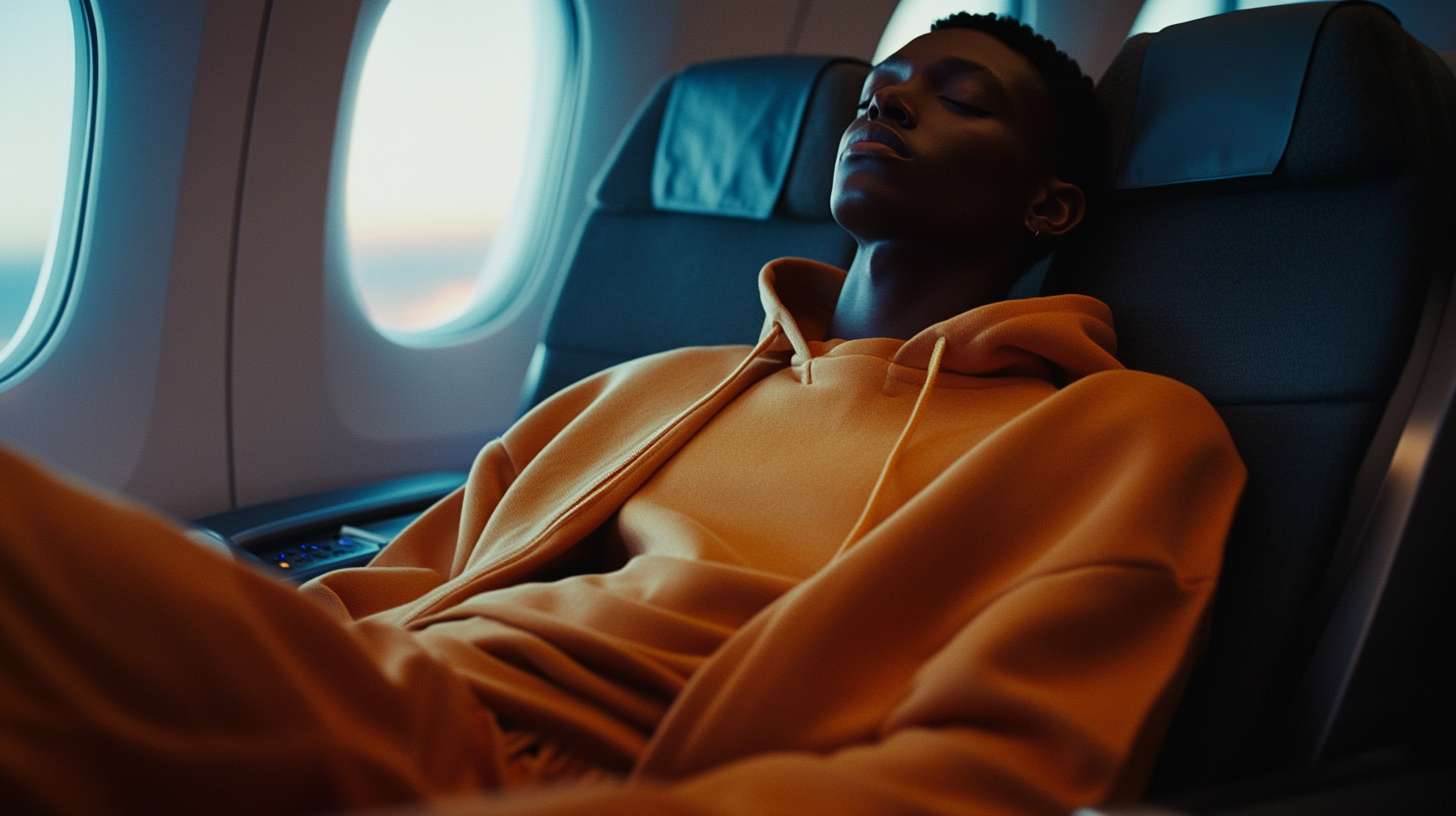
Dress in comfortable attire that allows for movement and doesn’t restrict blood flow. Opt for loose-fitting clothes made from breathable fabrics like cotton or moisture-wicking materials. Layering is essential to adjust to fluctuating cabin temperatures; airplanes can be chilly when cruising at high altitudes but become warmer during boarding or disembarking. Wear a light sweater or cardigan that can be easily removed or added as needed. Compression socks are recommended to improve circulation and reduce swelling in your legs and feet, a common issue during long flights. They can also help prevent deep vein thrombosis by promoting blood flow. Choosing the right attire, as highlighted in What to Wear on Long Flights for Maximum Comfort , can make a significant difference in your in-flight comfort.
Choose the Right Seat
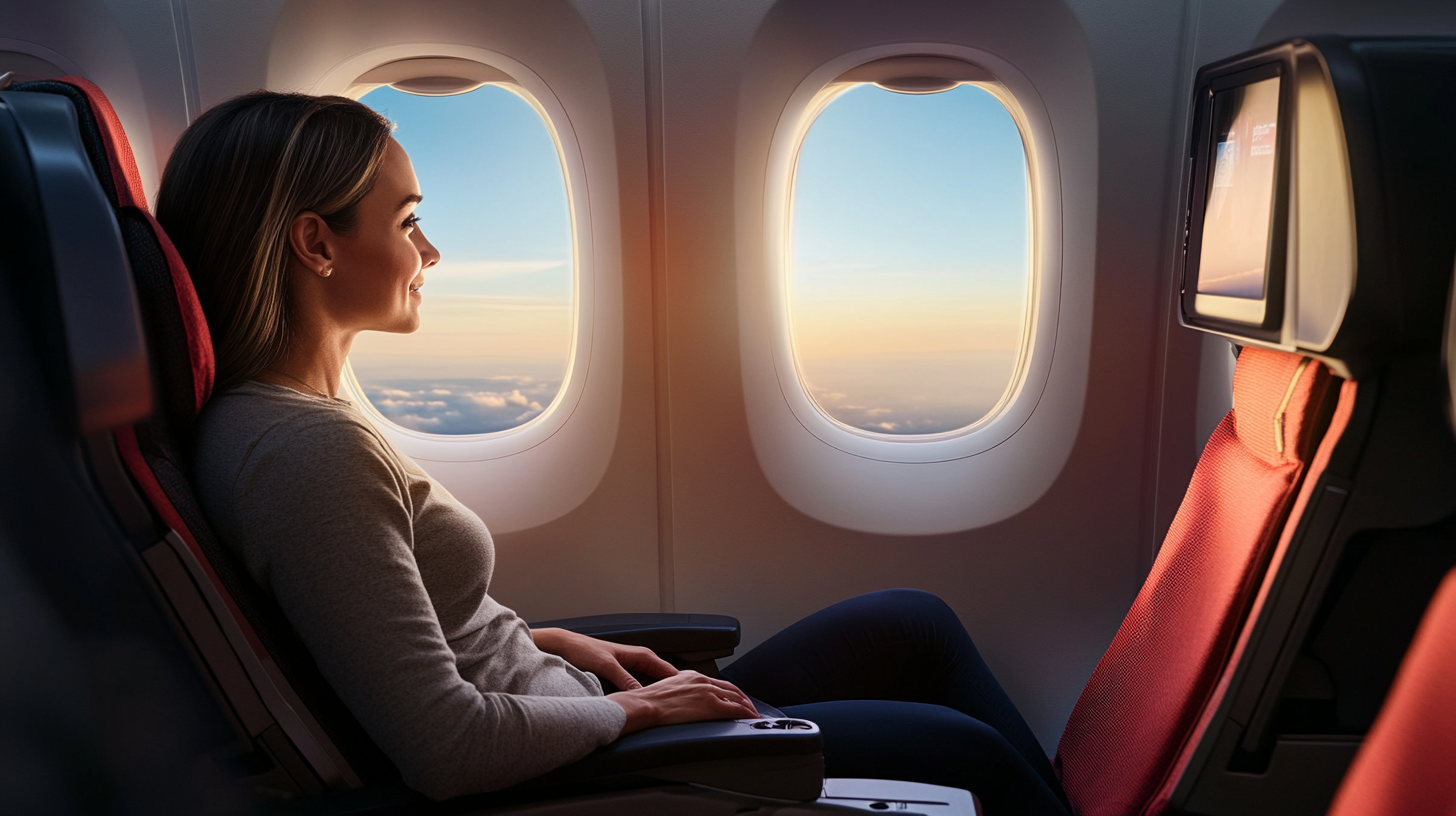
Selecting a seat that meets your needs can significantly enhance your comfort. Aisle seats offer more flexibility for movement, allowing you to get up and stretch or use the restroom without disturbing others. If you prefer to sleep or want a view, window seats provide a space to rest your head and reduce disturbances from other passengers. Consider the exit rows for extra legroom, but be aware that seats near lavatories or galleys may experience more noise and traffic. Utilizing seat selection tools like SeatGuru’s Airplane Seat Maps can help you choose the best seat based on your preferences and the specific aircraft layout.
Move and Stretch Regularly
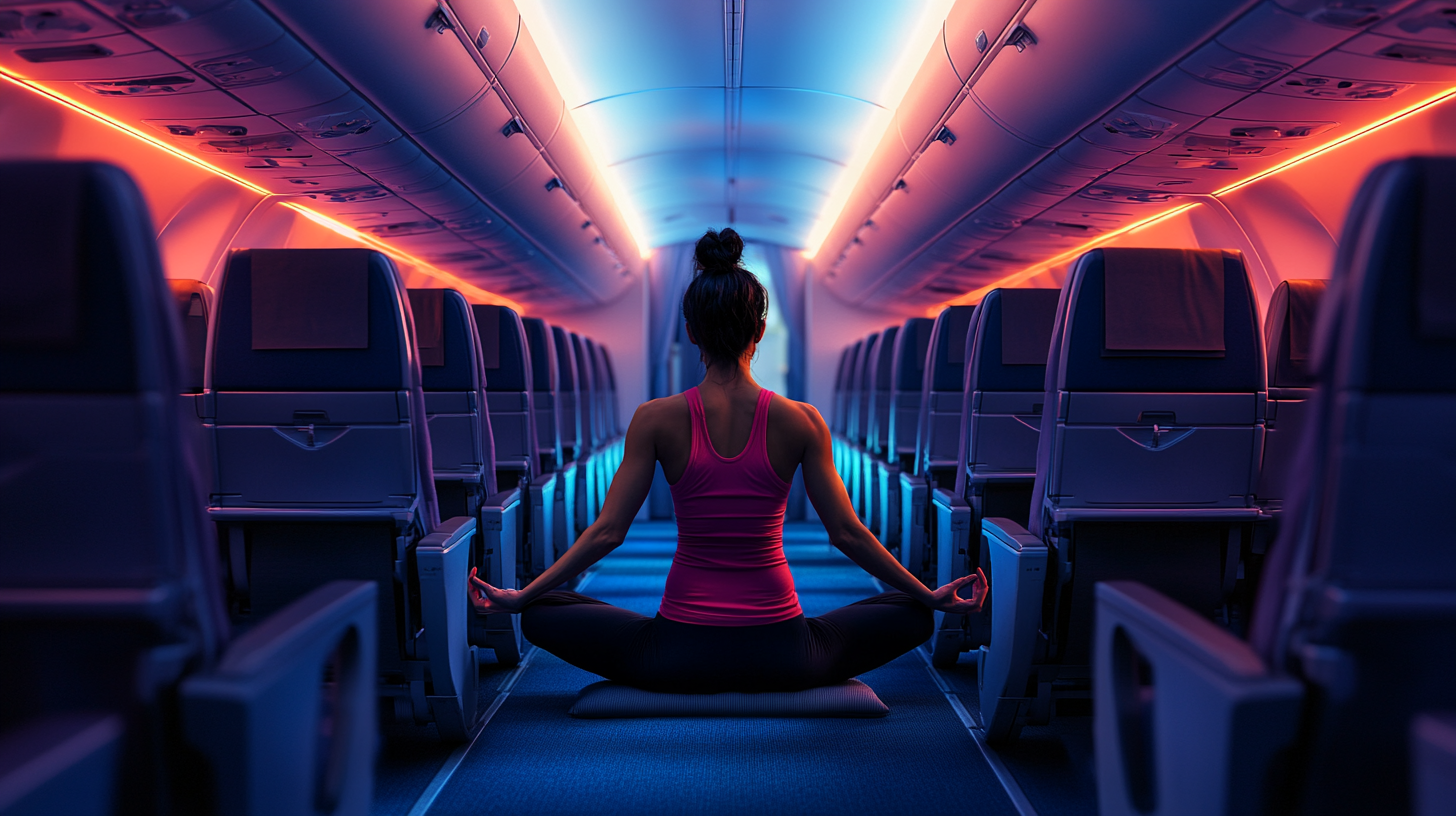
Engage in in-seat stretches and, when safe to do so, take short walks up and down the aisle. Simple exercises like ankle circles, leg lifts, shoulder rolls, and neck stretches can promote circulation and reduce muscle tension. Regular movement helps prevent stiffness and reduces the risk of blood clots during long flights. Aim to move at least once every hour. When the seatbelt sign is off, stand up and stretch in the galley area if space permits. Following In-Flight Stretching Exercises for Travelers , you can perform discreet movements to stay limber without disturbing fellow passengers.
Prioritize Hygiene and Cleanliness
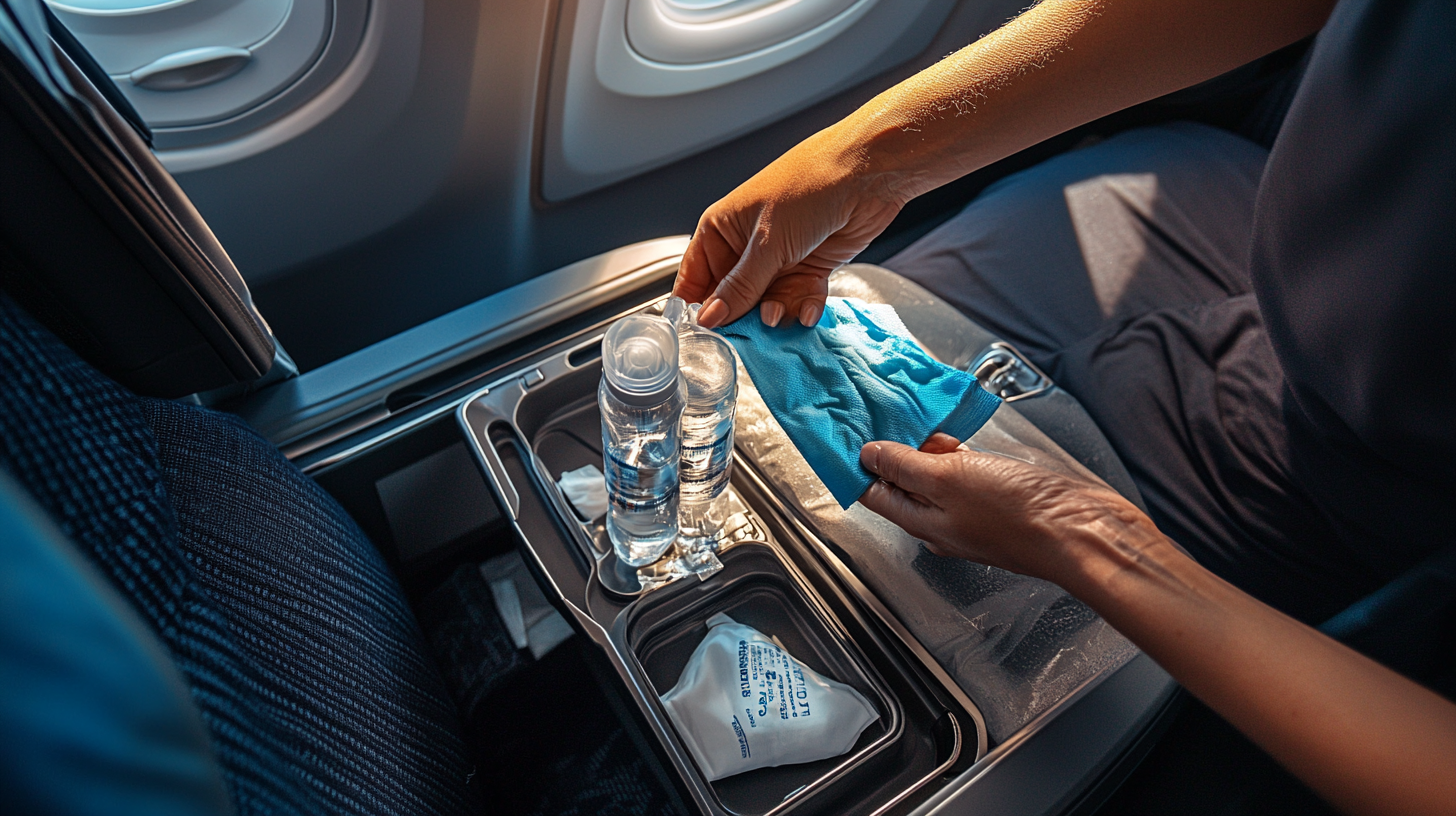
A clean environment can contribute to better health during your flight. Airplanes are high-traffic environments where germs can easily spread, especially on frequently touched surfaces like tray tables, armrests, and seatbelt buckles. With many people in a confined space, it’s important to take precautions to protect yourself from potential illnesses and maintain your well-being throughout your journey.
Sanitize Your Space
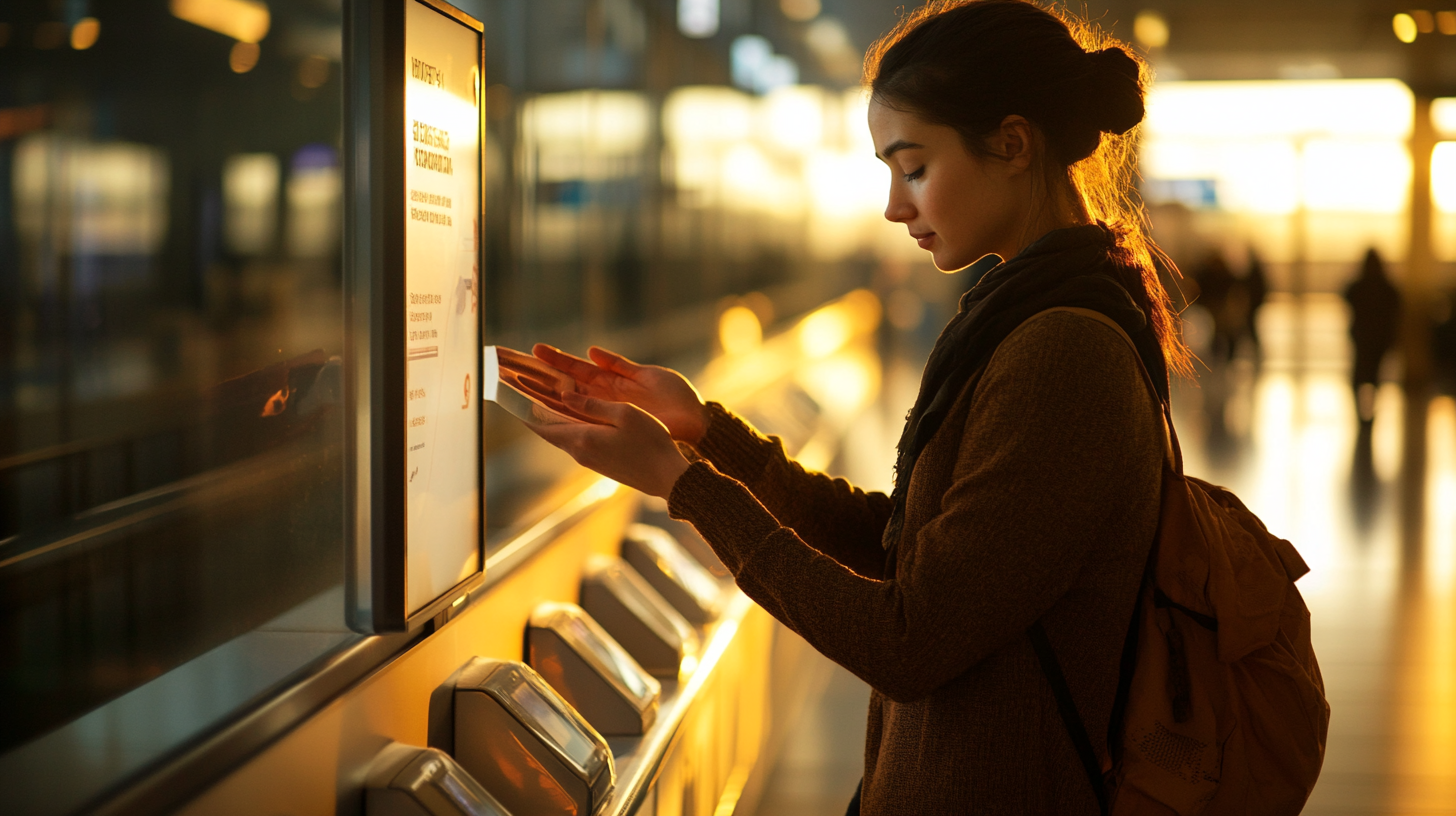
Carry disinfectant wipes and hand sanitizer to clean your seat area thoroughly upon boarding. Wipe down the tray table, armrests, seatbelt buckle, entertainment screen, and any buttons or vents you may adjust. Pay special attention to areas where food will be placed or items that are frequently touched. This simple action reduces exposure to germs and helps prevent illness. Using a hand sanitizer with at least 60% alcohol content throughout the flight, especially after touching shared surfaces or before eating, adds an extra layer of protection. For more tips on maintaining hygiene while traveling, consult Air Travel Hygiene Best Practices .
Practice Good Hand Hygiene
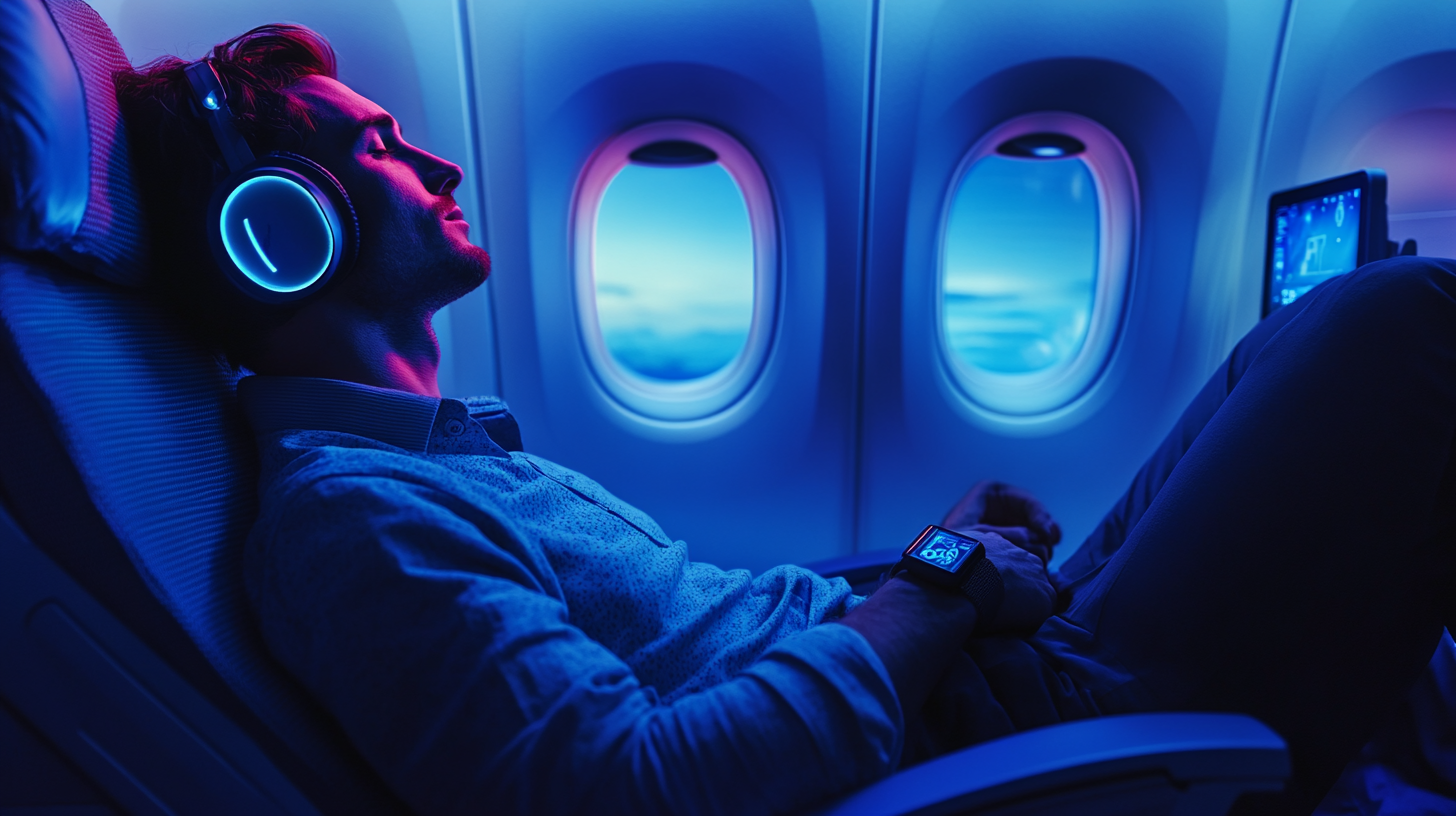
Wash your hands regularly, especially before eating or after using the restroom. Proper handwashing with soap and water for at least 20 seconds is one of the most effective ways to remove germs and prevent the spread of illness. If soap and water aren’t available, use hand sanitizer with at least 60% alcohol content. Remember to cover all surfaces of your hands and rub them together until they feel dry. Avoid touching your face, eyes, nose, and mouth with unwashed hands, as this is a common way germs enter the body. Good hand hygiene, as emphasized in CDC Handwashing Recommendations for Travelers , is essential for staying healthy while traveling.
Avoid Contact with Sick Passengers
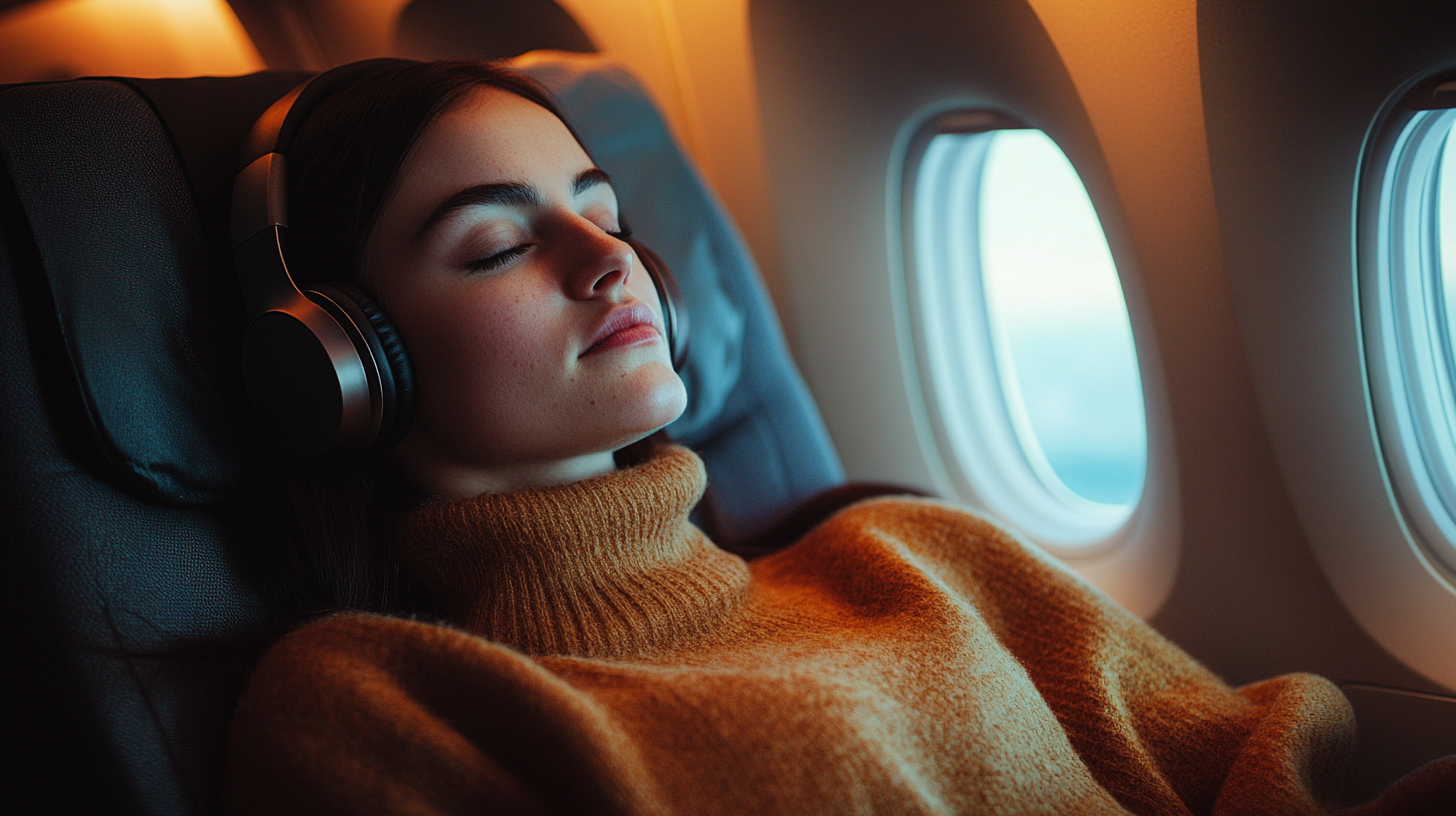
If possible, choose a window seat to limit contact with others in the aisle, as passengers and crew frequently move up and down the aisles, increasing your exposure to germs. The window seat provides a bit more isolation, which can help reduce exposure to airborne pathogens and ensure a healthier journey. If you notice someone nearby who appears ill, consider using a mask to protect yourself, especially during times of increased concern for respiratory illnesses. Following these tips, along with those found in Protecting Yourself from Airborne Illnesses While Flying , can enhance your in-flight health safety. Maintaining personal space and practicing courteous health habits contributes to a safer environment for everyone on board.
Leverage Technology and Accessories

Certain gadgets and accessories can make your flight more enjoyable, reduce stress, and support your health goals. From personal entertainment devices to health tracking apps, leveraging technology can enhance every aspect of your travel experience, keeping you informed, comfortable, and entertained throughout your journey.
Use Noise-Canceling Headphones
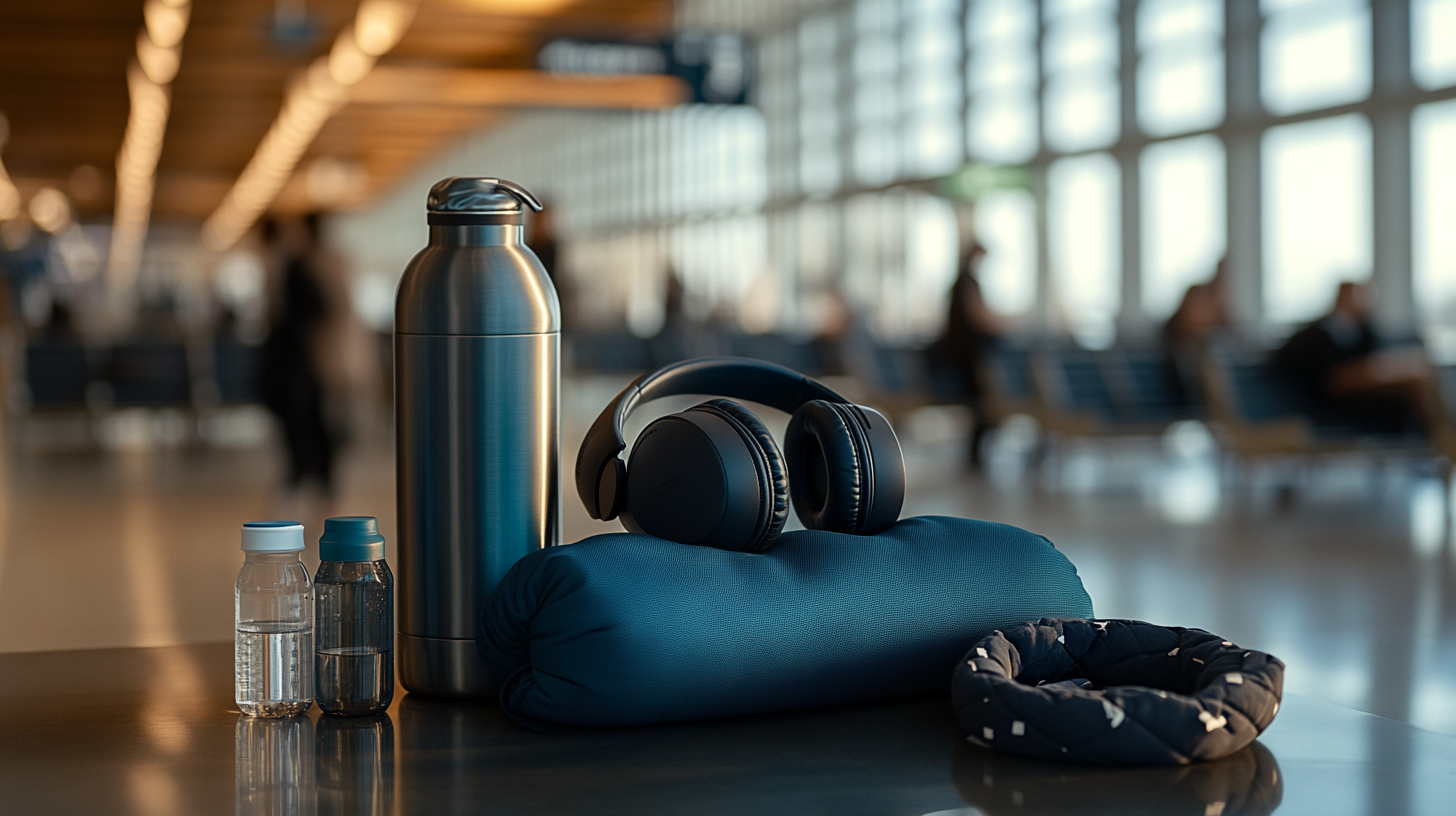
Invest in quality noise-canceling headphones to minimize cabin noise and create a more peaceful environment. The constant hum of the engines and ambient sounds from fellow passengers can be disruptive, especially when trying to sleep or relax. Noise-canceling technology reduces these background noises, allowing you to enjoy music, movies, or meditation apps without distraction. They also enhance your in-flight entertainment experience by providing clearer sound quality. With better rest and reduced stress, you’ll arrive at your destination feeling more refreshed. For options that suit your needs, refer to Top Noise-Canceling Headphones for Travelers .
Download Helpful Apps
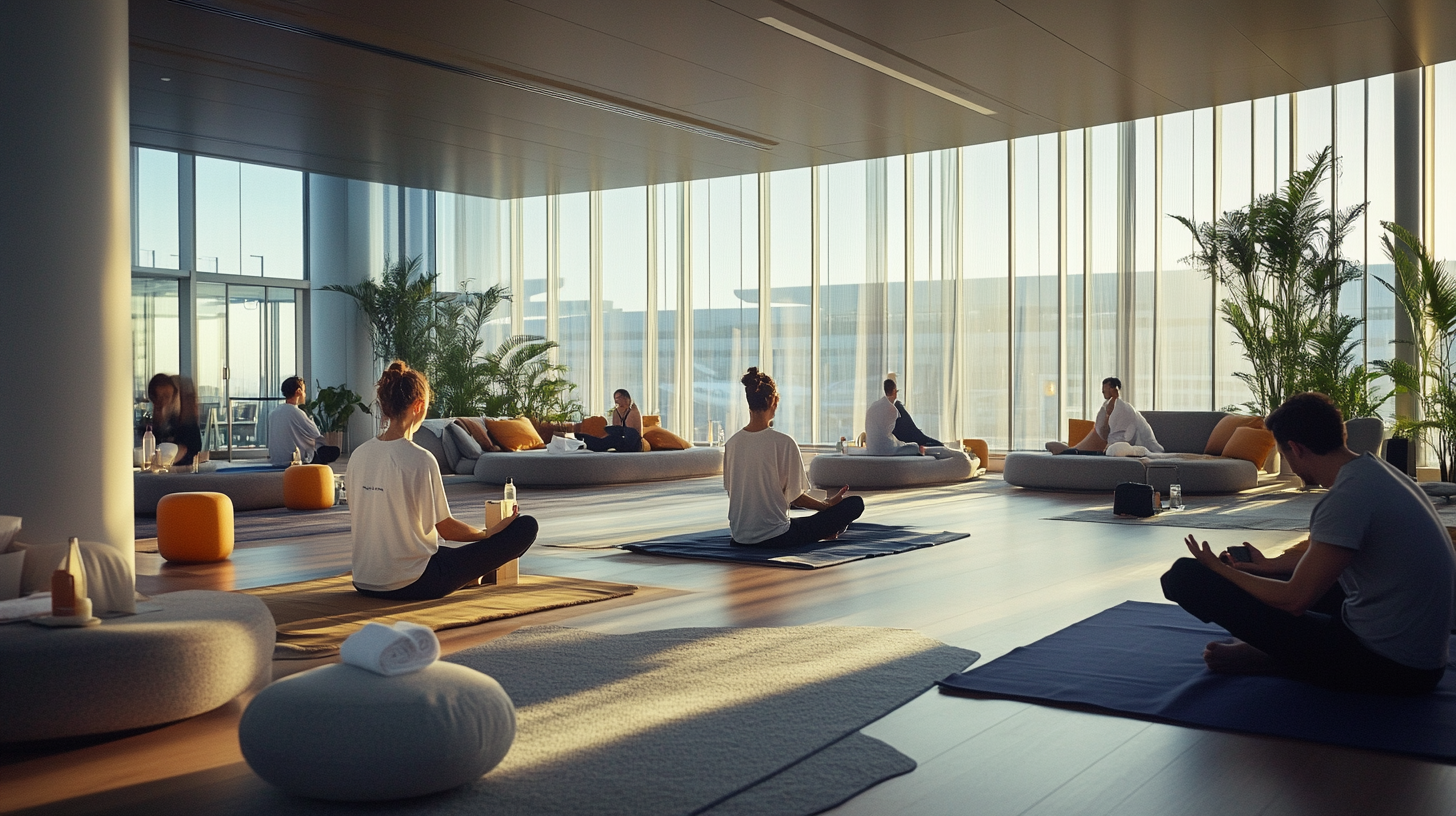
Download helpful apps that can make your travel experience smoother. Apps like SeatGuru assist in choosing the best seats by providing detailed seat maps and reviews of individual seats. The TSA app provides security wait times and allows you to check for permitted and prohibited items, helping you navigate airport security with ease. Flight tracking apps keep you updated on any delays or gate changes. Meditation and relaxation apps can help reduce in-flight anxiety. Staying informed and utilizing these digital tools can reduce stress and streamline your travel experience. For a comprehensive list, check out Essential Travel Apps for a Hassle-Free Journey .
Bring Essential Travel Gear
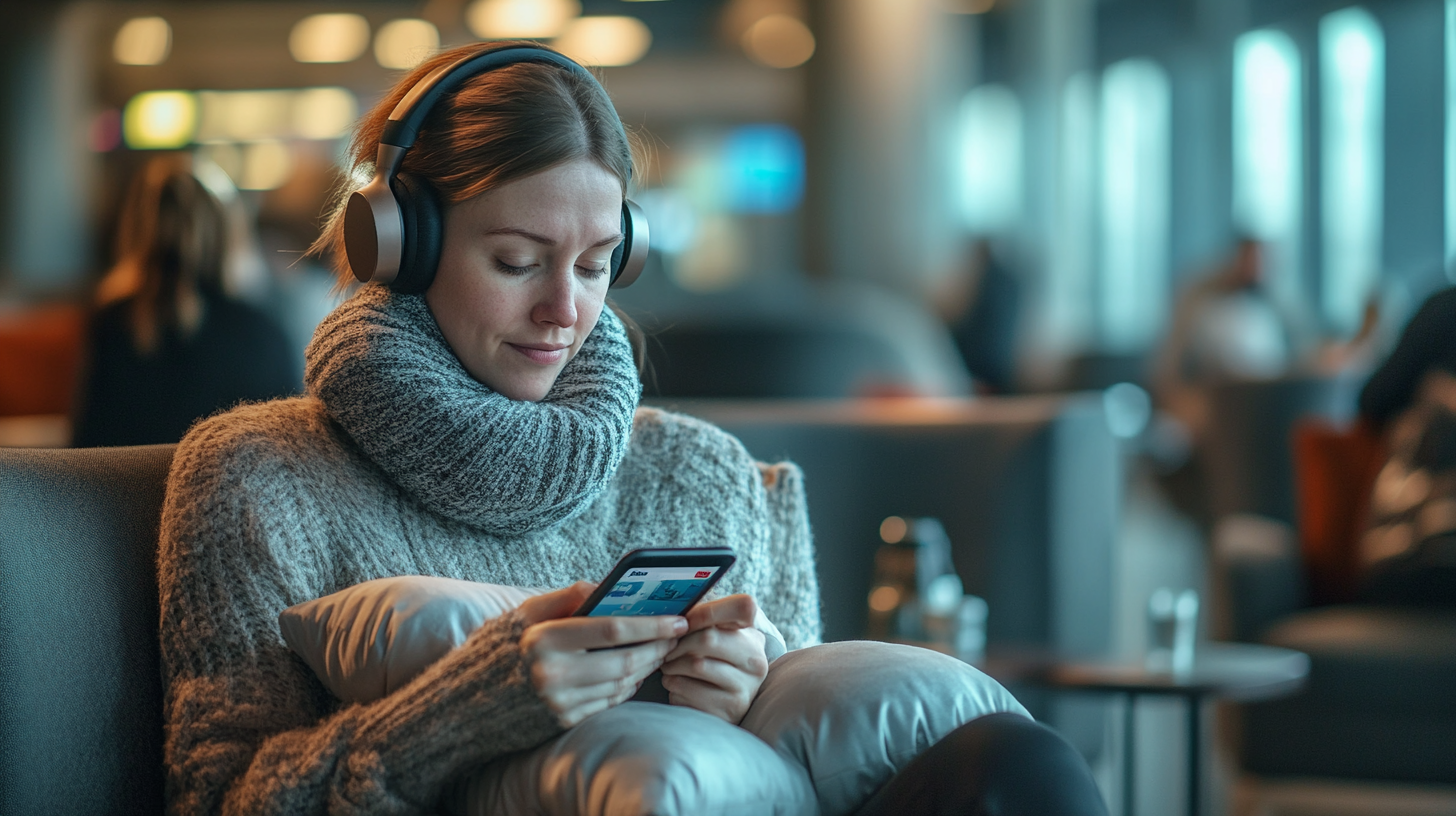
Bring essential travel gear to enhance your comfort and health while flying. Pack items like a power bank to keep your devices charged, ensuring you have access to entertainment and communication throughout the flight and during layovers. If you’re interested in biohacking techniques to combat jet lag and fatigue, consider a portable red light therapy device or blue blocker glasses. Red light therapy may help regulate your circadian rhythm and promote cellular repair, while blue blocker glasses can reduce exposure to blue light from screens and cabin lighting, aiding in better sleep. Noise-canceling headphones, travel pillows, and compression socks are other accessories that can make a significant difference in how you feel during and after your flight. For a full list of recommended gear, see The Ultimate Travel Accessories Checklist .
Focus on Pre-Flight and Post-Flight Wellness

Your health strategy should extend beyond the flight itself. What you do before takeoff and after landing can greatly influence how you feel during your trip. By taking proactive steps to prepare and recover, you can minimize the negative impacts of air travel on your body and maximize your enjoyment of the journey.
Pre-Flight Preparations

Engage in light exercise before your flight to boost energy levels and improve circulation. A brisk walk, yoga session, or gentle stretching can help prepare your body for the long period of sitting ahead. Ensure all your documents are in order to reduce stress at the airport, including your passport, boarding pass, and any necessary visas or health certifications. Pack essentials like vitamins C and D, probiotics, or immune-supporting supplements to fortify your body’s defenses during travel. Staying healthy is especially important when you’re heading to a new destination and want to make the most of your trip. For additional pre-flight health tips, refer to Pre-Flight Wellness Checklist for Travelers .
Post-Flight Recovery
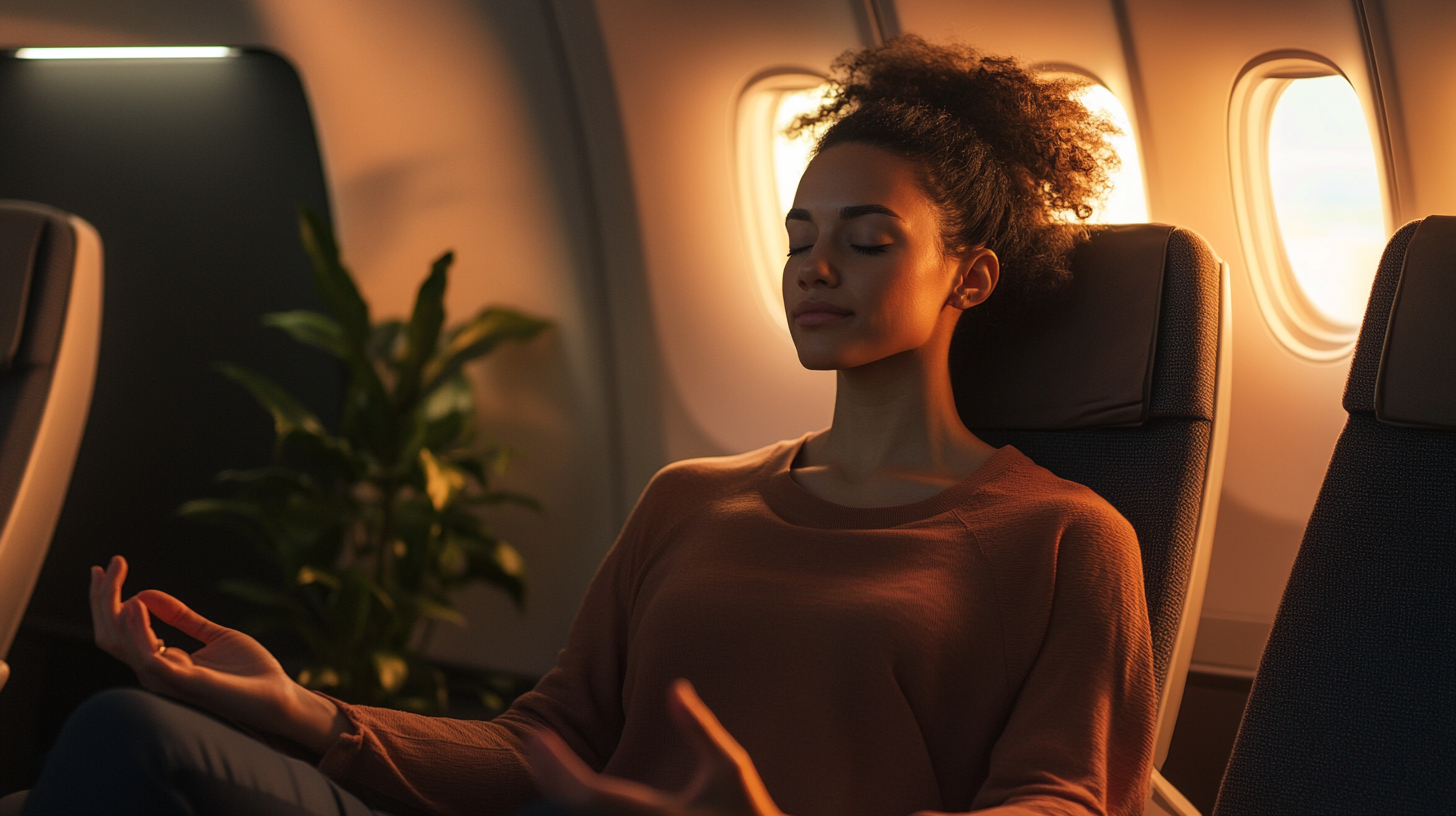
Upon arrival, focus on rehydrating with fluids and electrolytes to replace what was lost during the flight. Coconut water or electrolyte-enhanced drinks can be helpful. Adjust to the local time zone by synchronizing your activities accordingly—if it’s daytime, try to stay awake and expose yourself to natural light to help reset your internal clock. Gentle stretches, yoga, or a short walk can help your body recover from the journey by improving circulation and easing muscle tension. Eating a balanced meal and taking a relaxing shower can also promote recovery. For more strategies on post-flight wellness, check out Recovering from Long-Haul Flights: Tips and Tricks .
Mental Well-Being and Stress Management
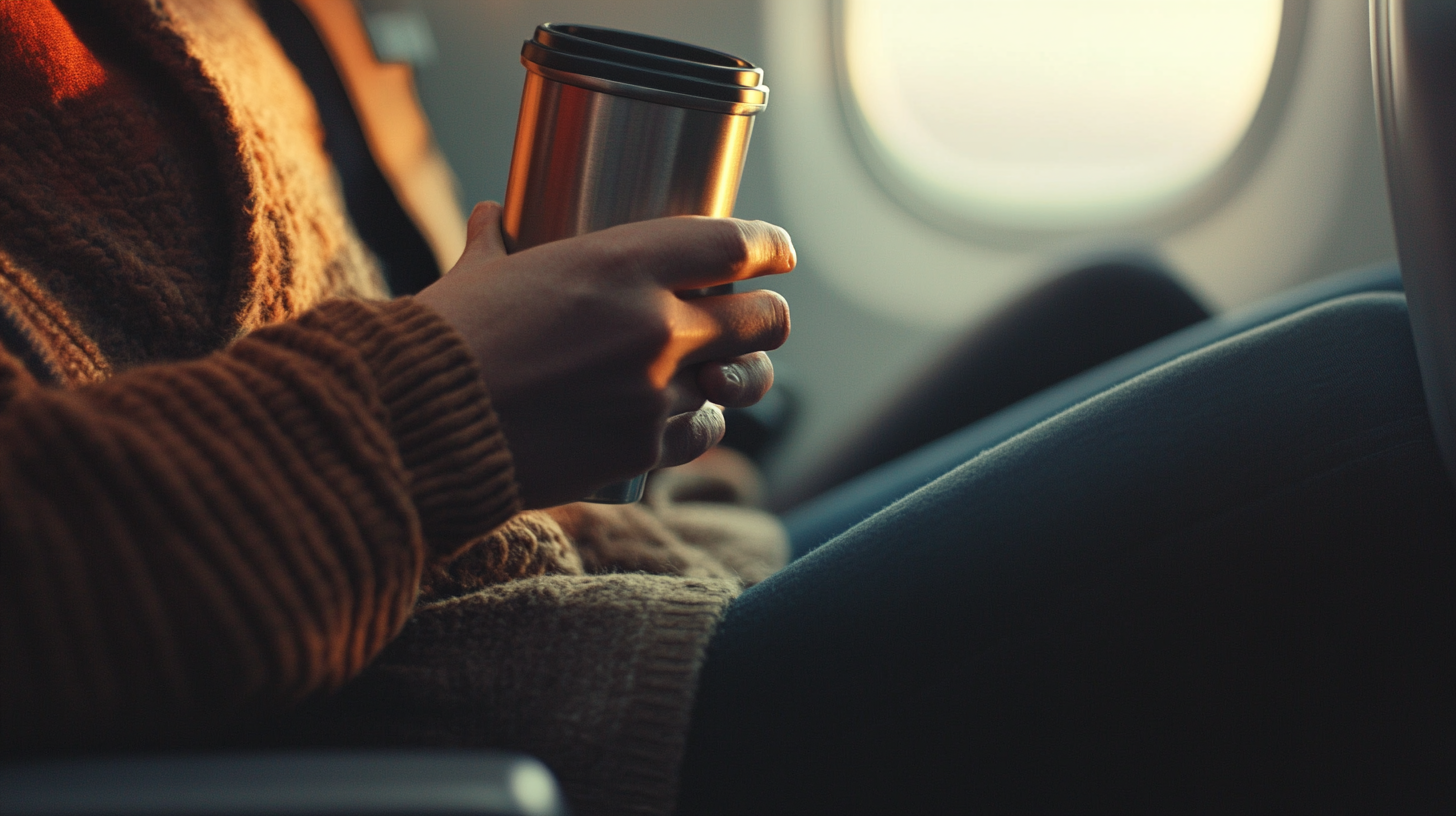
Maintaining a calm and positive mindset enhances your travel experience, making it more enjoyable and less taxing on your health. Travel can be stressful, with unexpected delays, crowded airports, and the challenges of navigating new environments. Incorporate strategies to reduce stress and anxiety so you can stay relaxed and fully embrace your journey.
Meditation and Relaxation Techniques
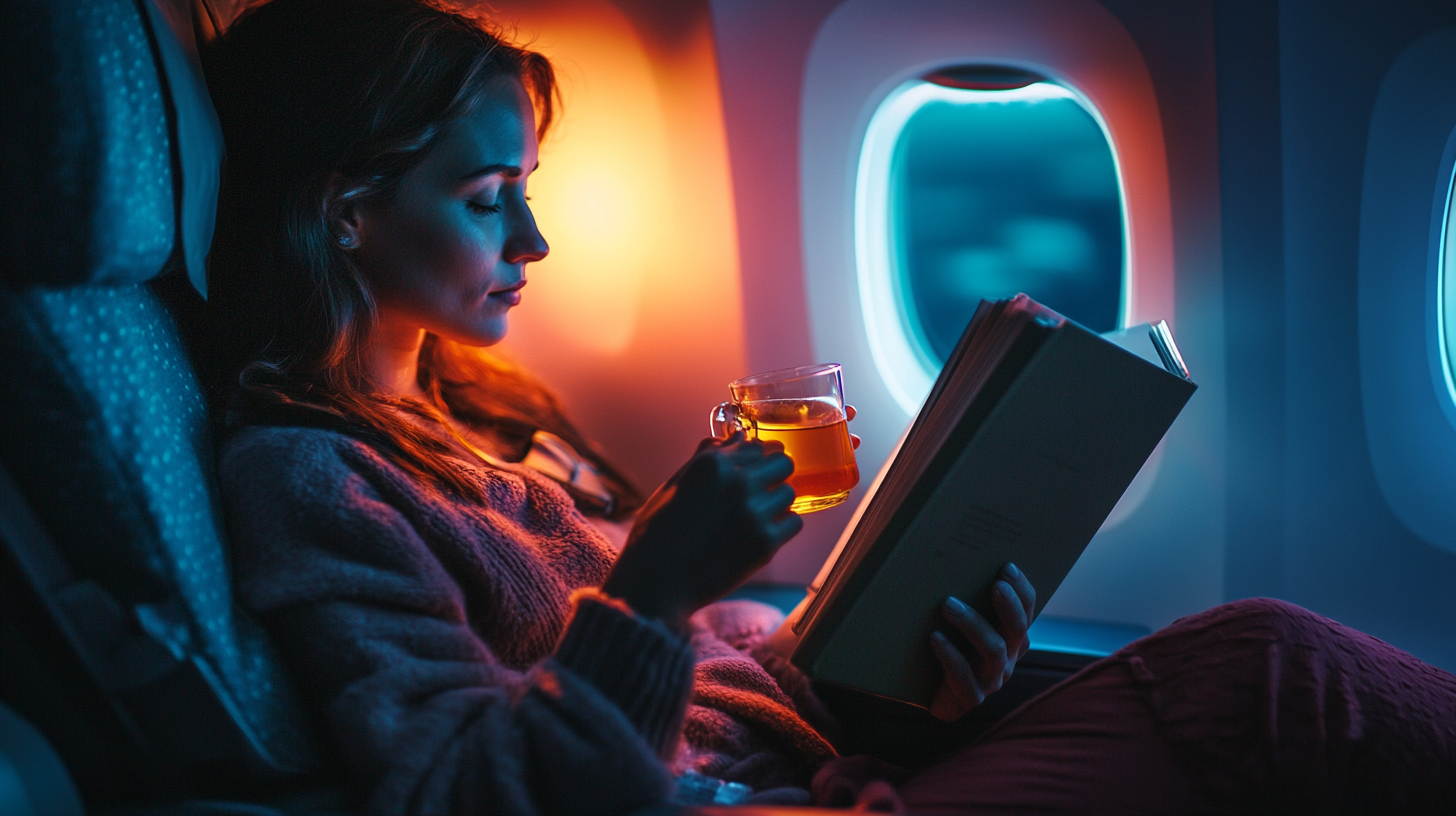
Practice mindfulness or meditation during the flight to reduce anxiety and promote relaxation. Use guided meditation apps or simply focus on your breath, observing inhalations and exhalations to calm your mind. Simple breathing exercises, such as inhaling for four counts, holding for seven, and exhaling for eight (the 4-7-8 technique), can slow your heart rate and reduce stress levels. Visualization, progressive muscle relaxation, and positive affirmations are other techniques that can enhance your mental well-being. For guidance on these practices, see In-Flight Meditation Techniques for Stress Reduction .
Stay Polite and Considerate
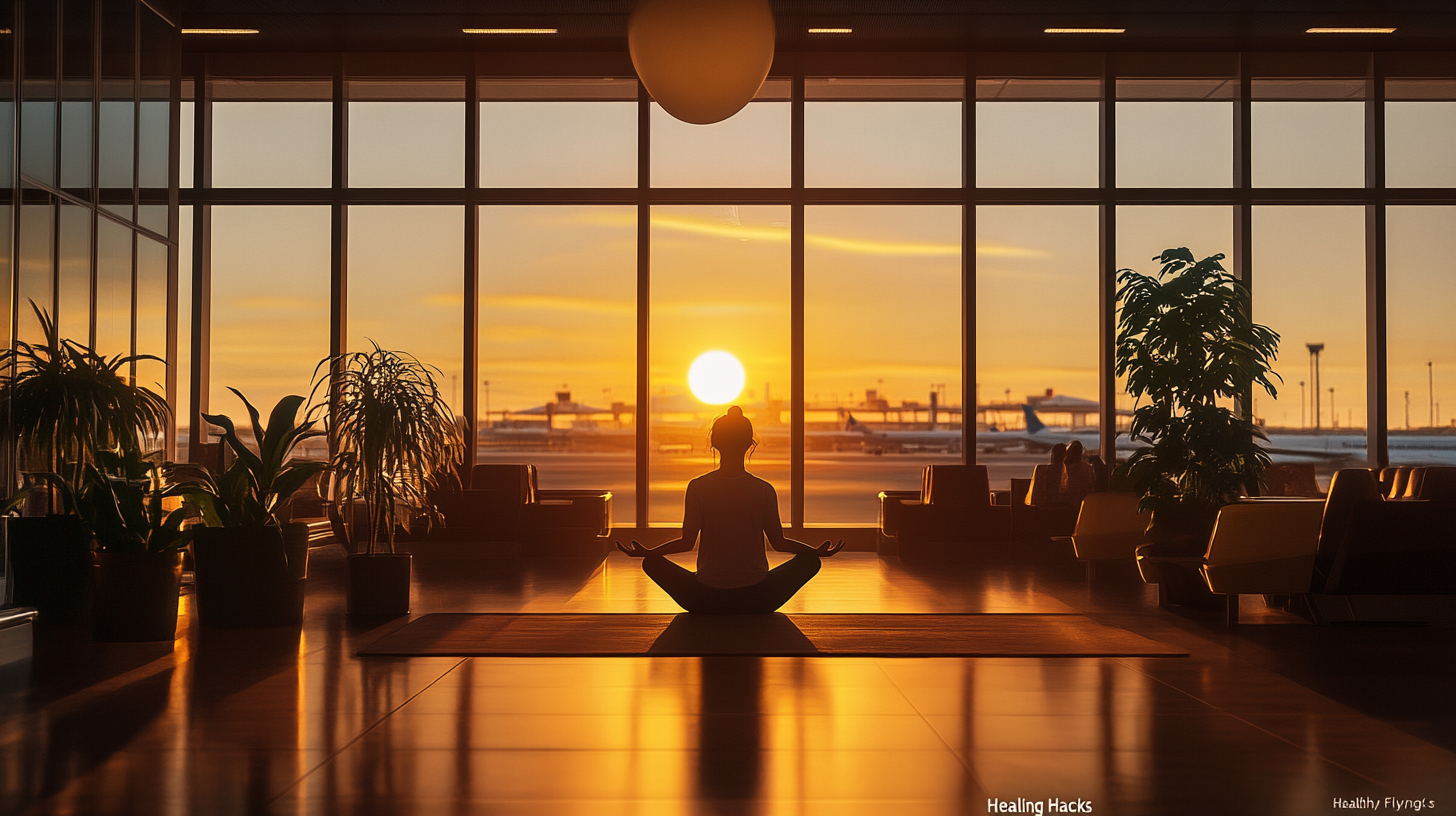
A friendly demeanor can improve interactions with airline staff and fellow passengers, creating a more pleasant environment for everyone. Simple gestures like saying “please” and “thank you,” being patient during boarding, and respecting personal space can go a long way. Kindness often leads to reciprocal behavior, potentially resulting in better service and a more enjoyable flight. Managing your reactions to stressful situations by staying calm and positive not only benefits your own well-being but also contributes to a better experience for those around you. For more on cultivating a positive travel attitude, refer to Travel Etiquette and Courtesy Tips .
Avoid Potent Sleep Aids
Strong sleep medications can have lingering effects that leave you feeling drowsy or disoriented upon arrival, potentially impacting your ability to navigate a new environment or drive. They can also interfere with your body’s natural sleep patterns, worsening jet lag. Opt for natural relaxation methods to ensure you feel alert upon arrival. Herbal teas like chamomile or valerian root, gentle stretching, and deep breathing exercises can promote sleep without the side effects of medications. If you decide to use sleep aids, consult with a healthcare professional to choose the safest option and understand proper usage. For more information, see Natural Sleep Remedies for Travelers .
Final Thoughts
Healthy flying doesn’t have to be complicated. By staying hydrated, eating nutritious foods, managing jet lag, and prioritizing comfort and cleanliness, you can significantly enhance your in-flight experience. Incorporating these strategies allows you to take control of your health, making travel not just bearable but enjoyable.
Follow us back to milesBUZZ for more tips and insights on making the most of your travel experiences.

